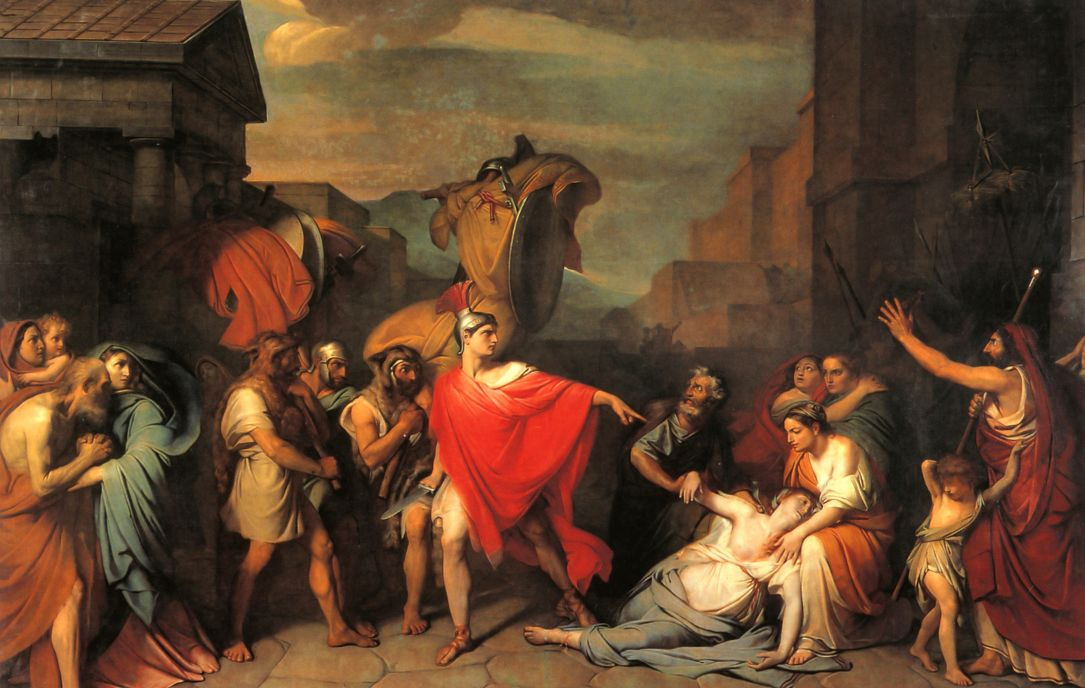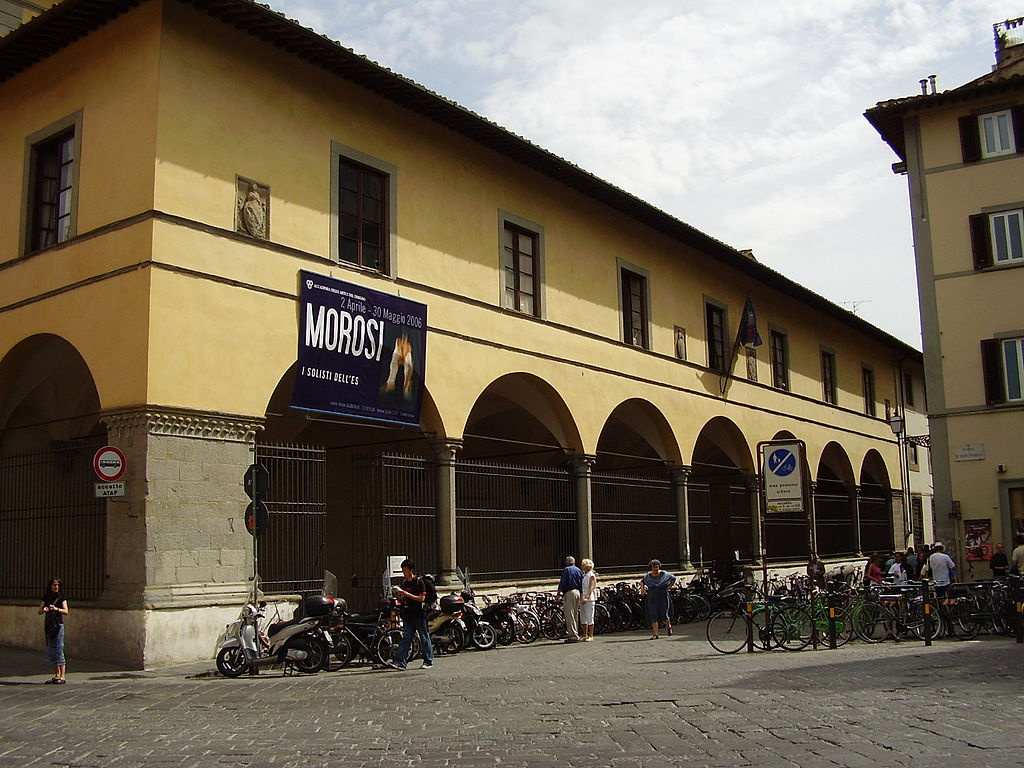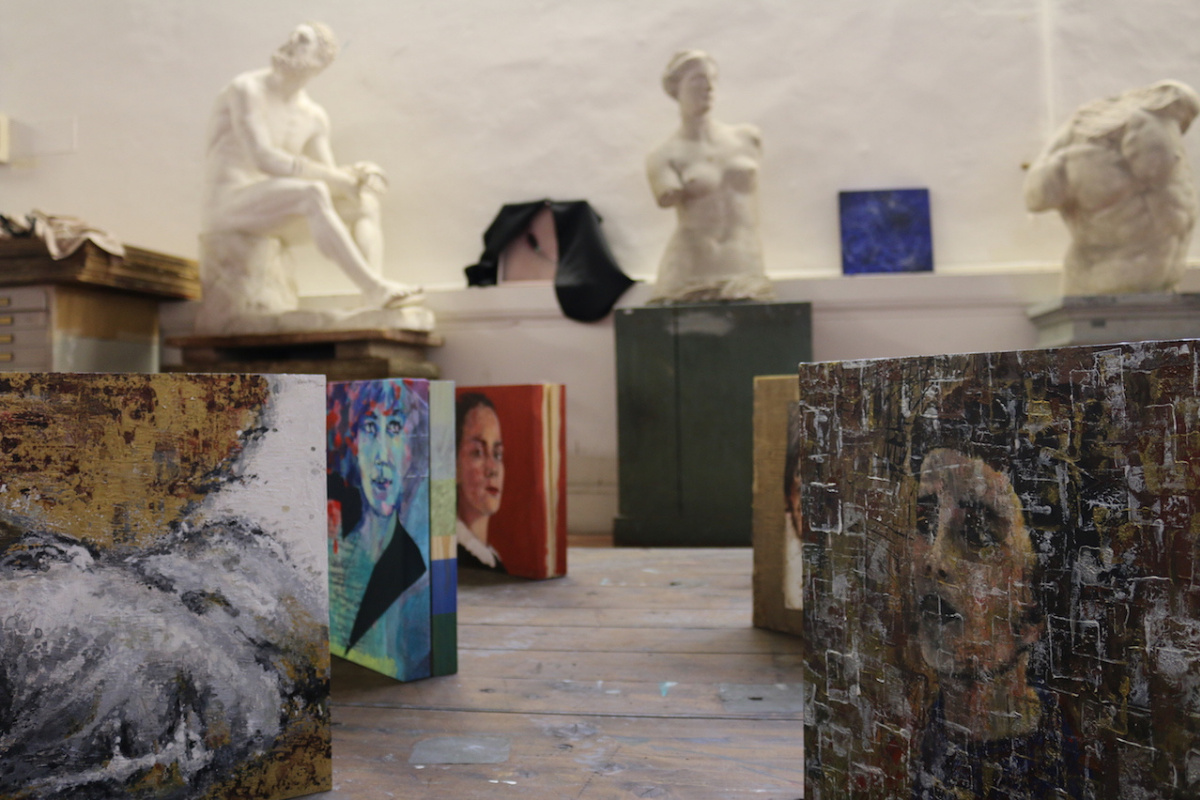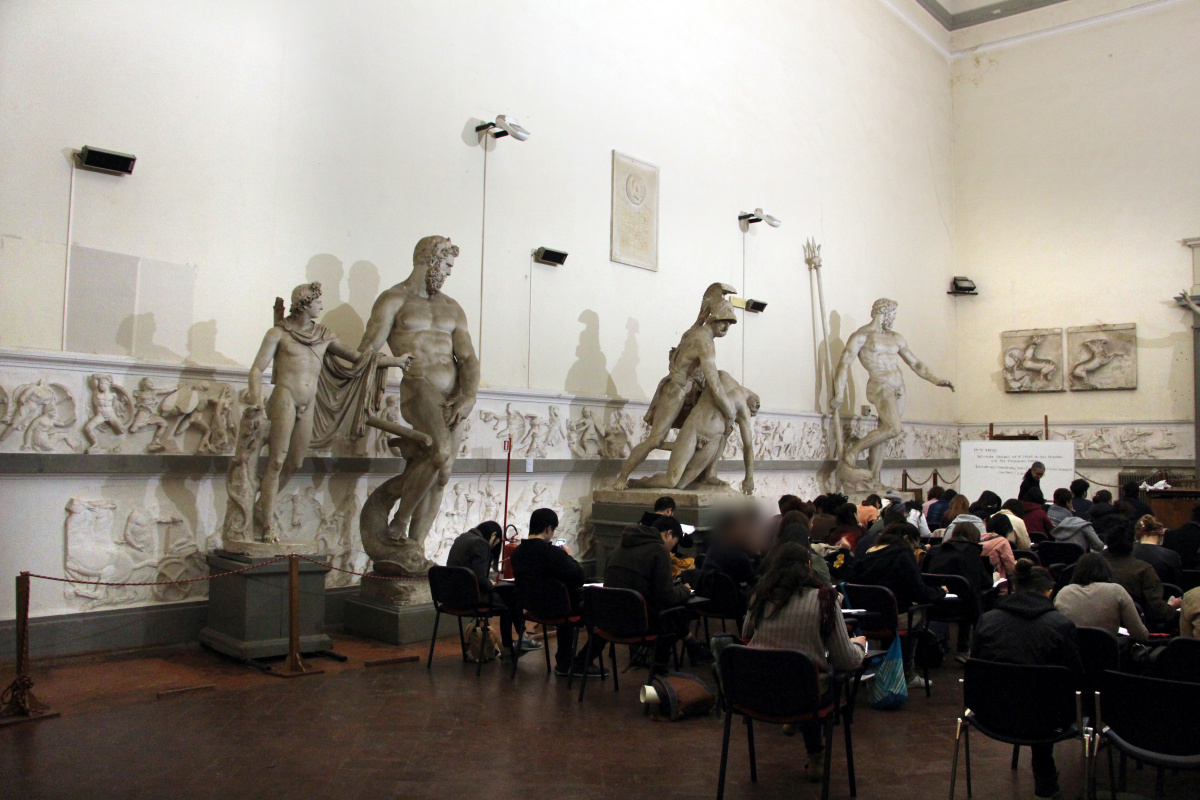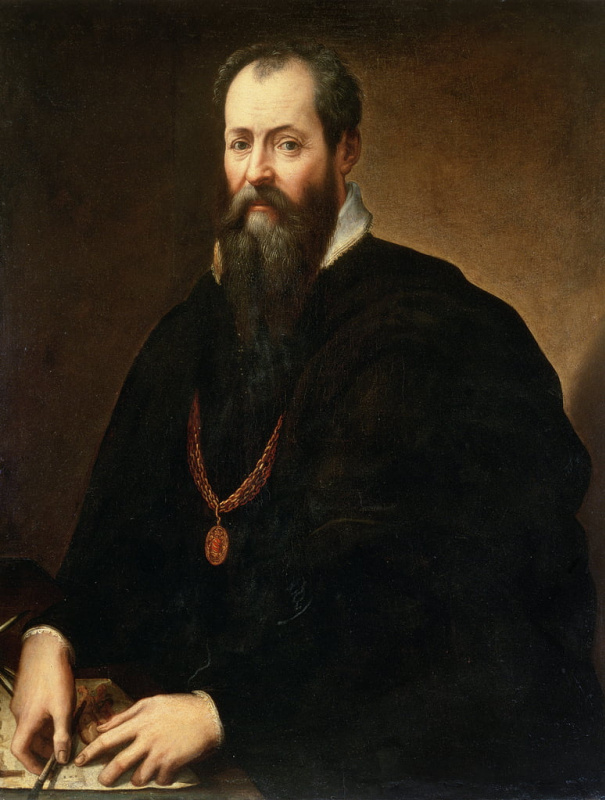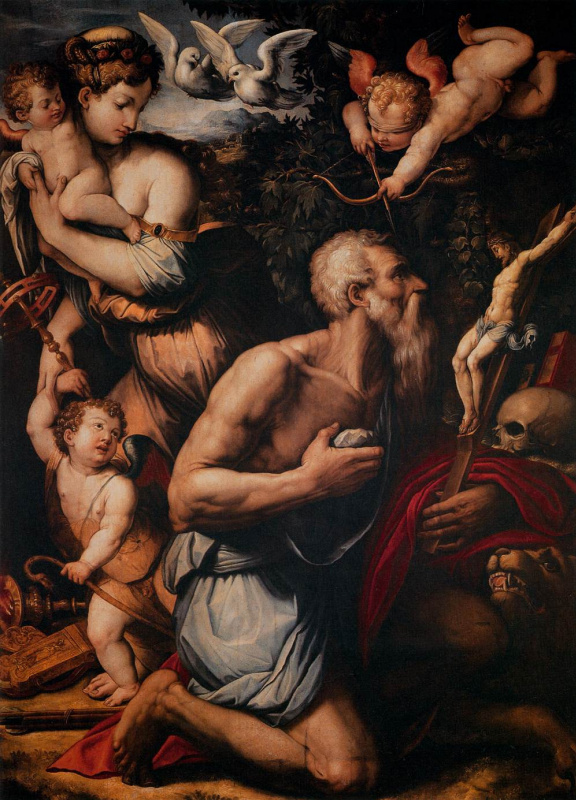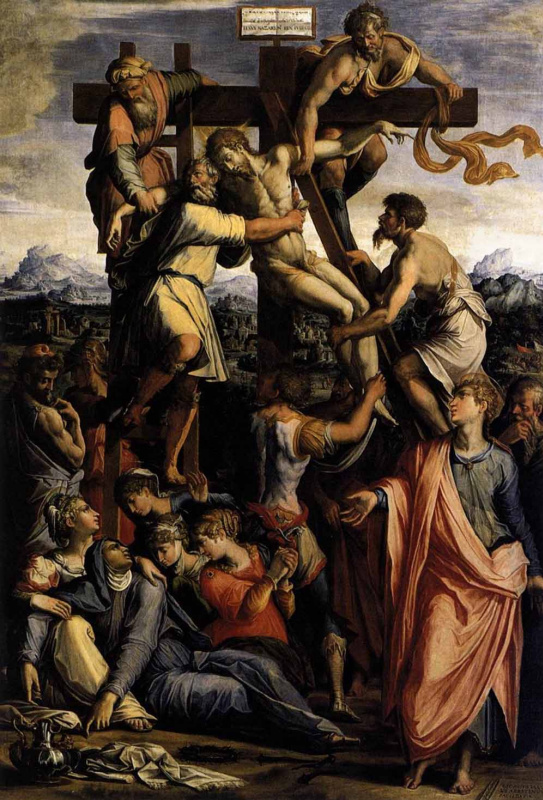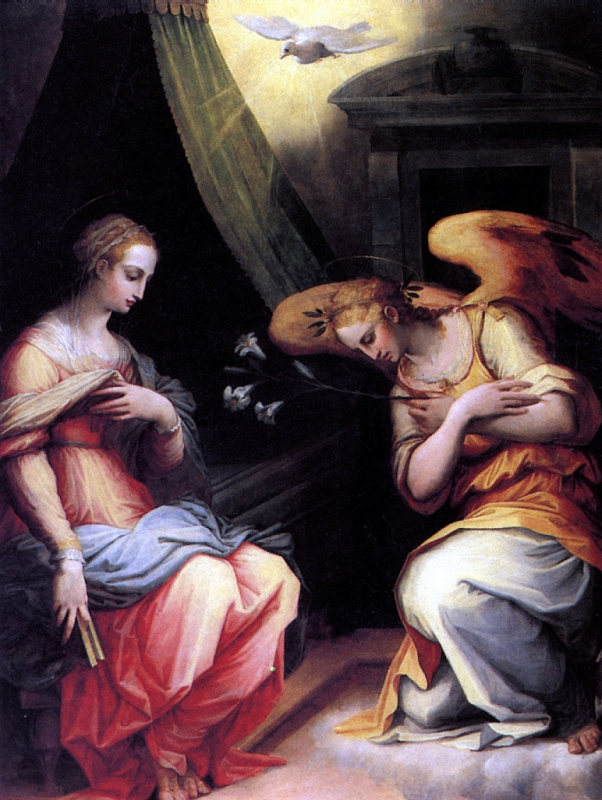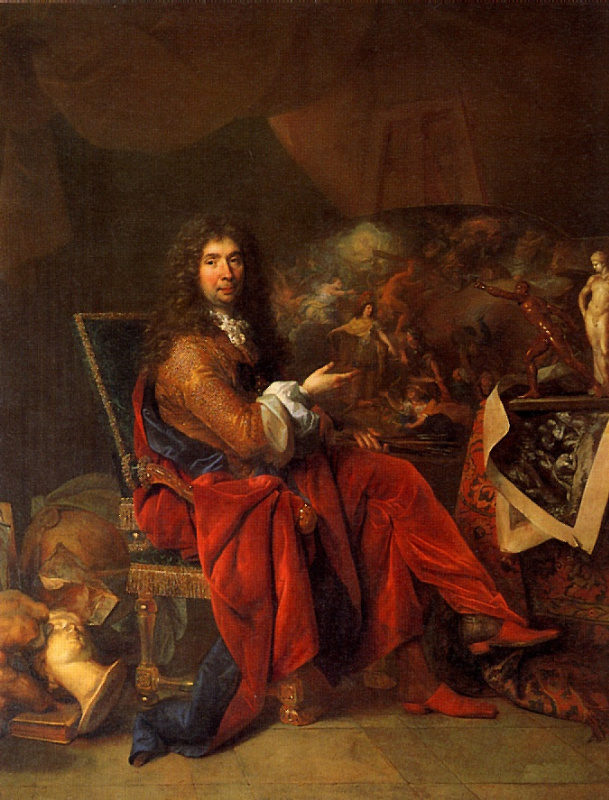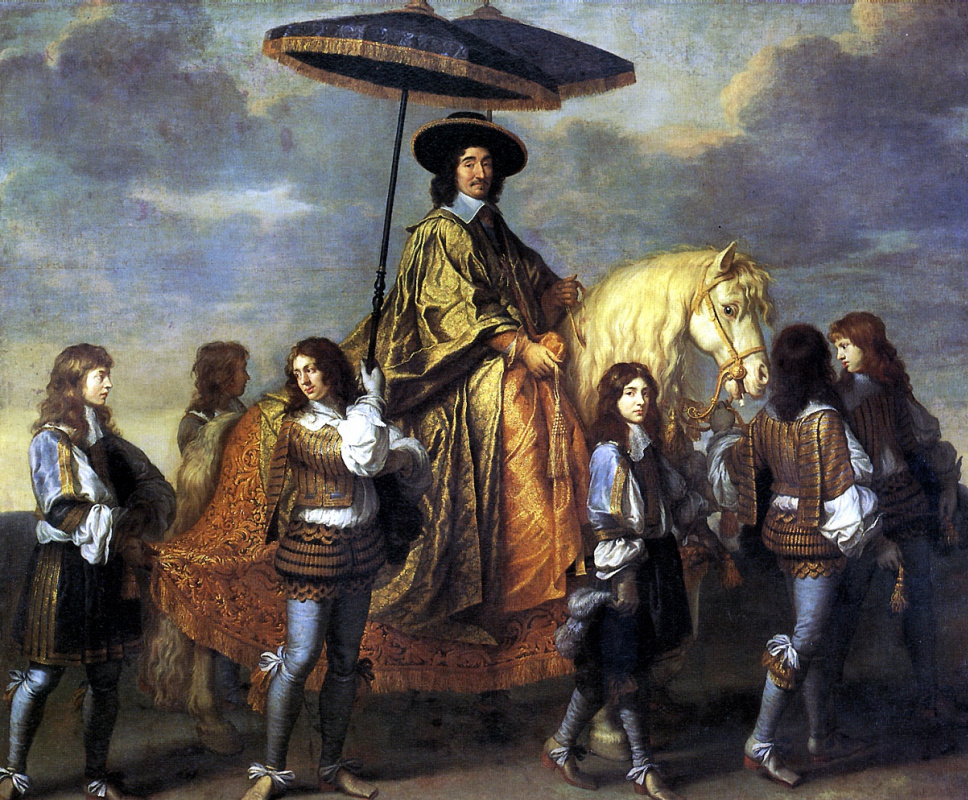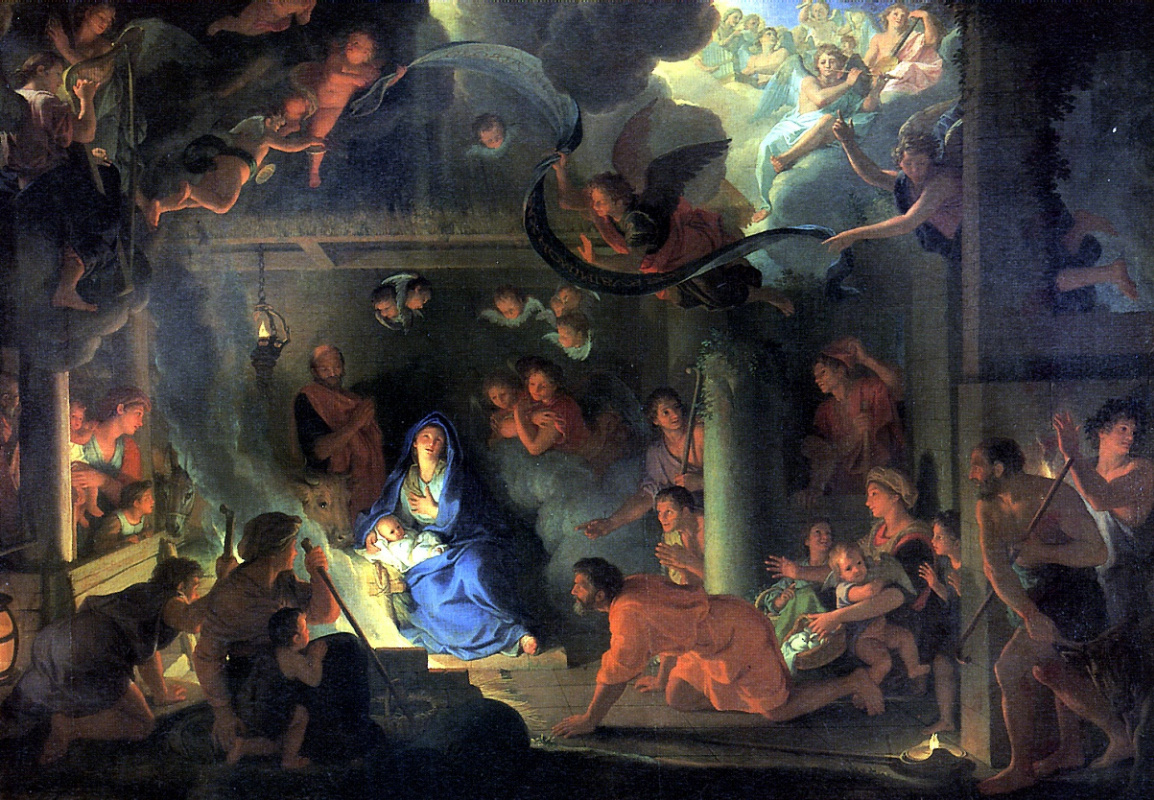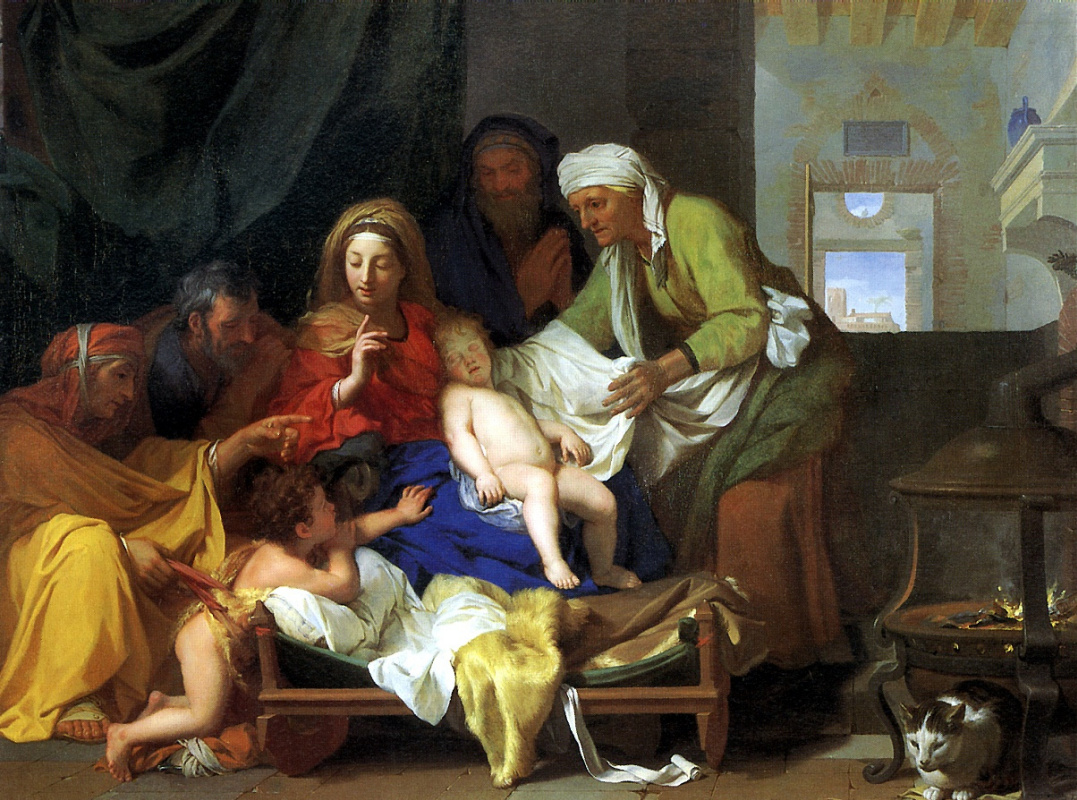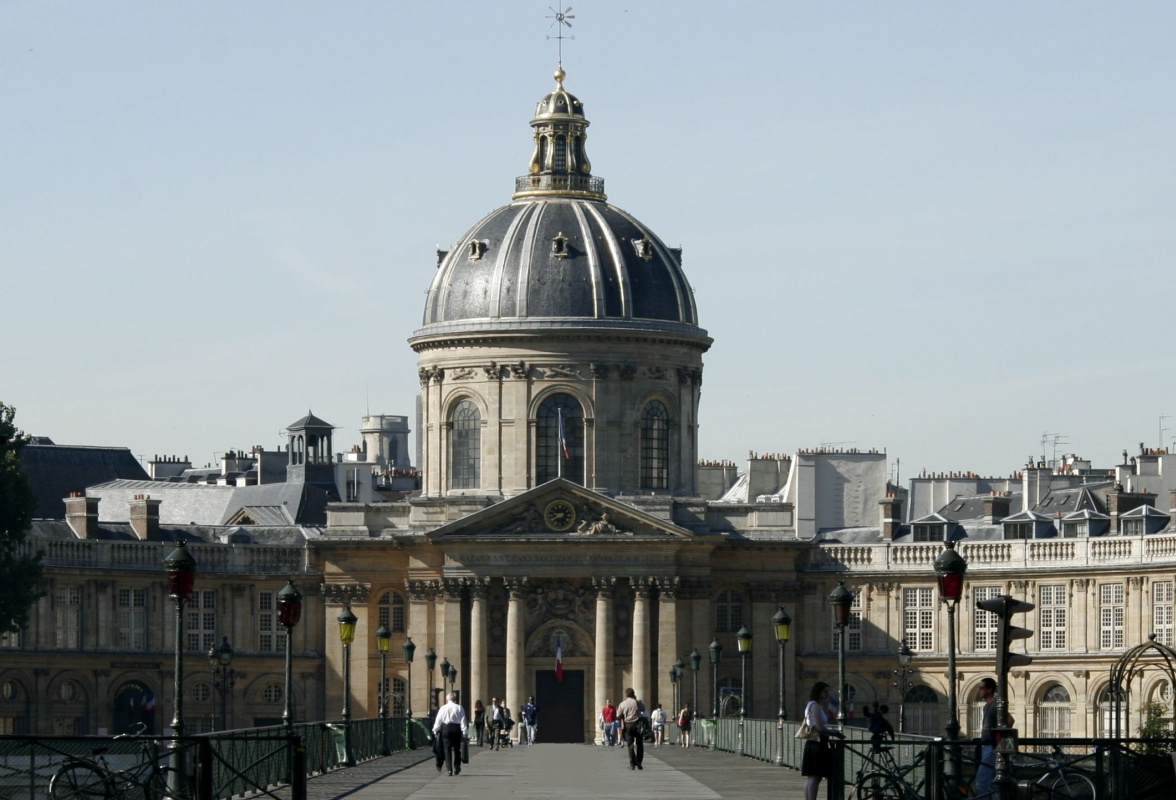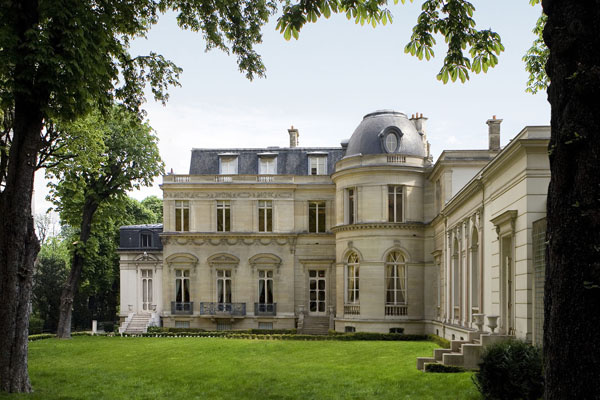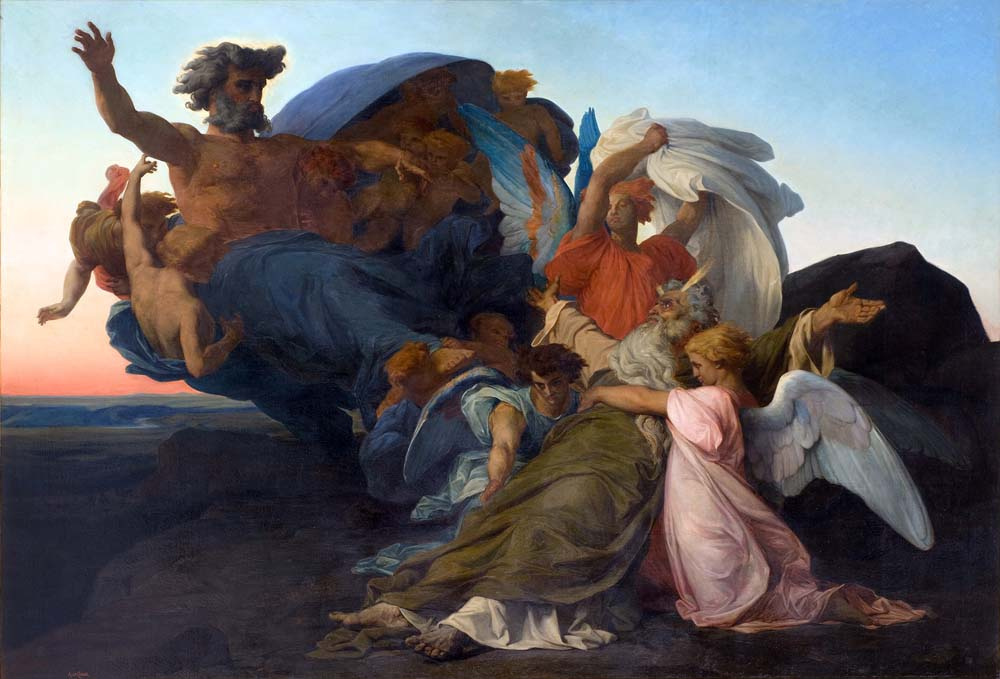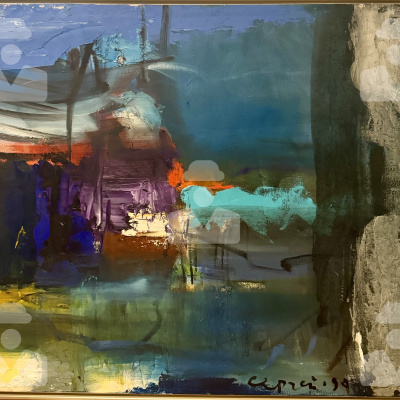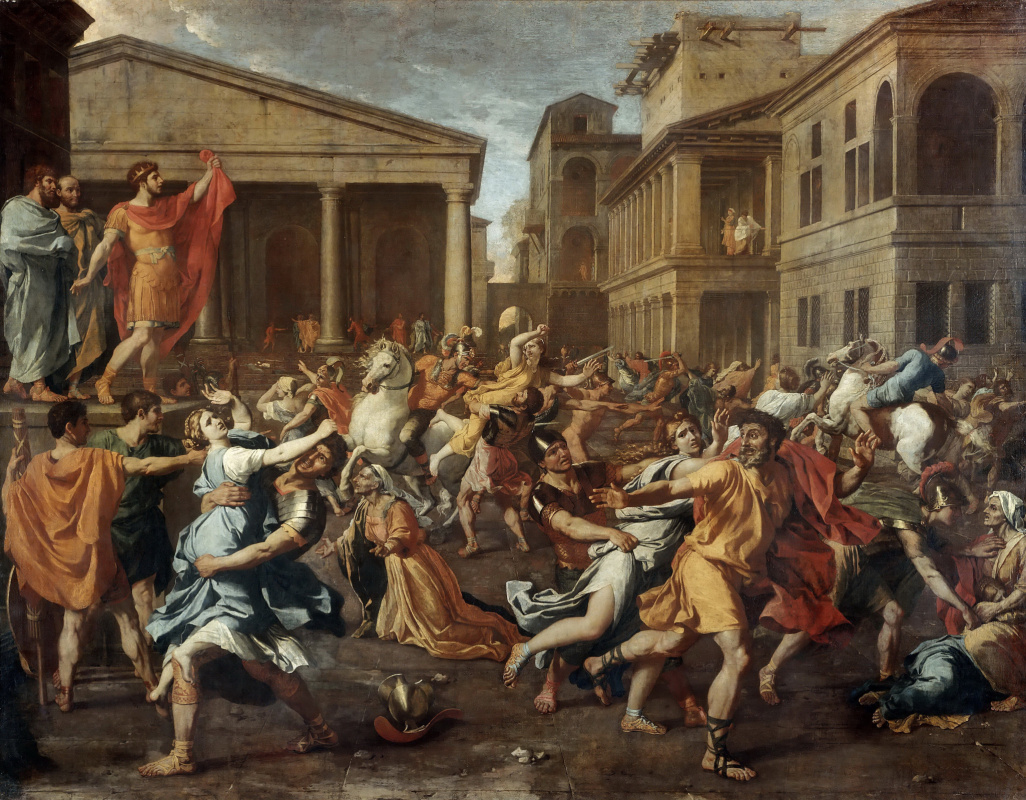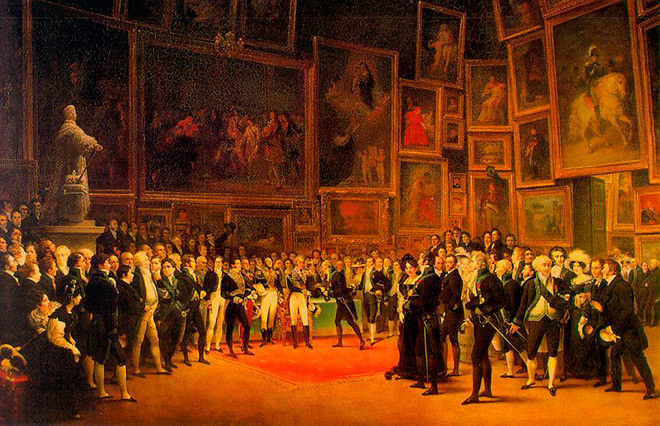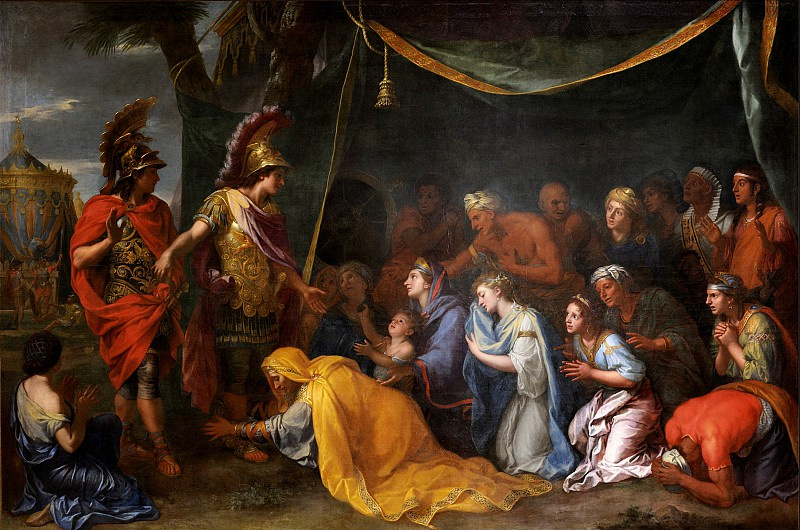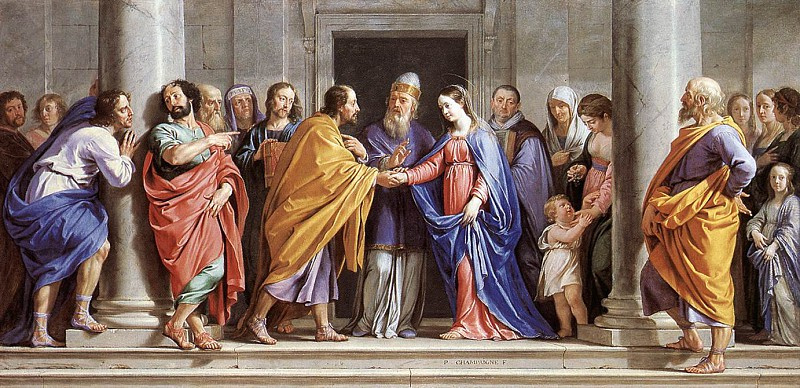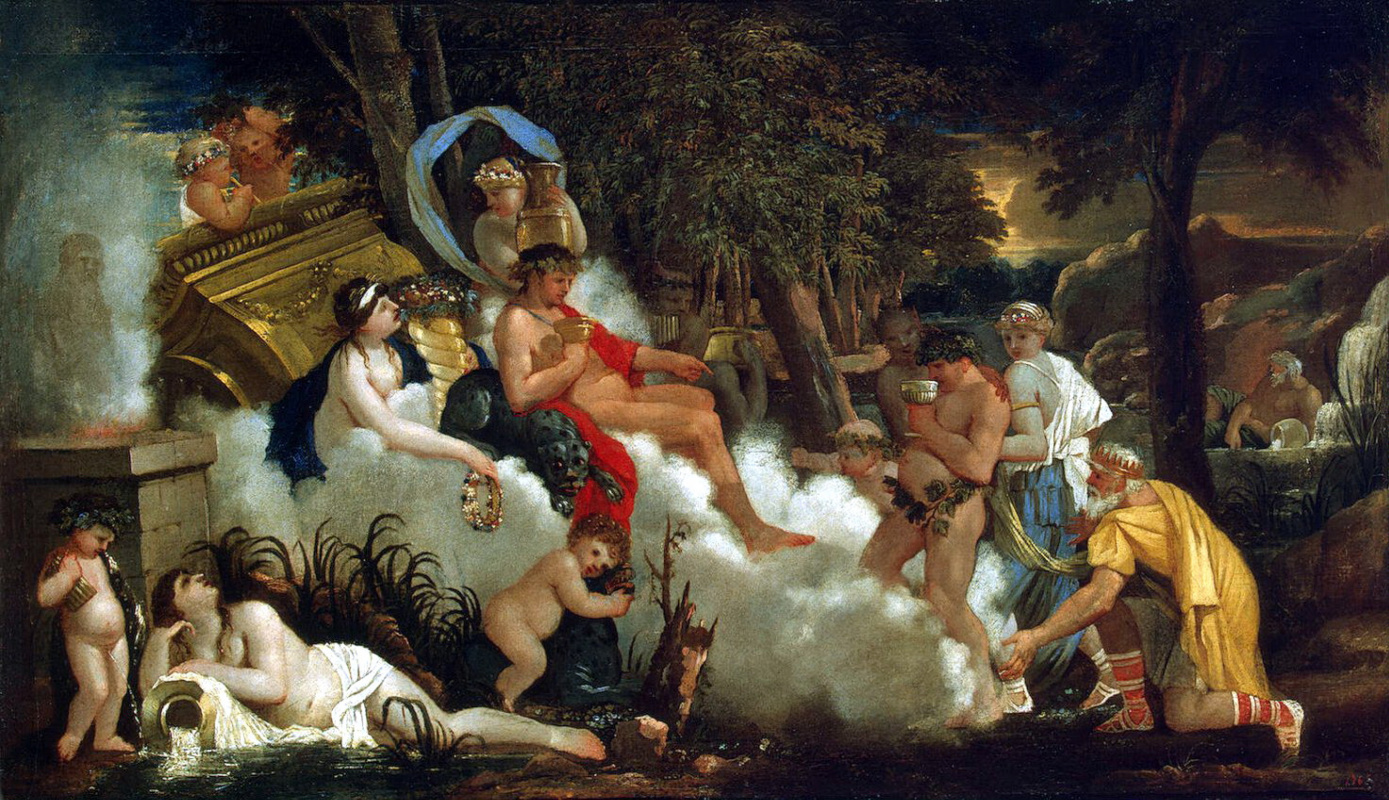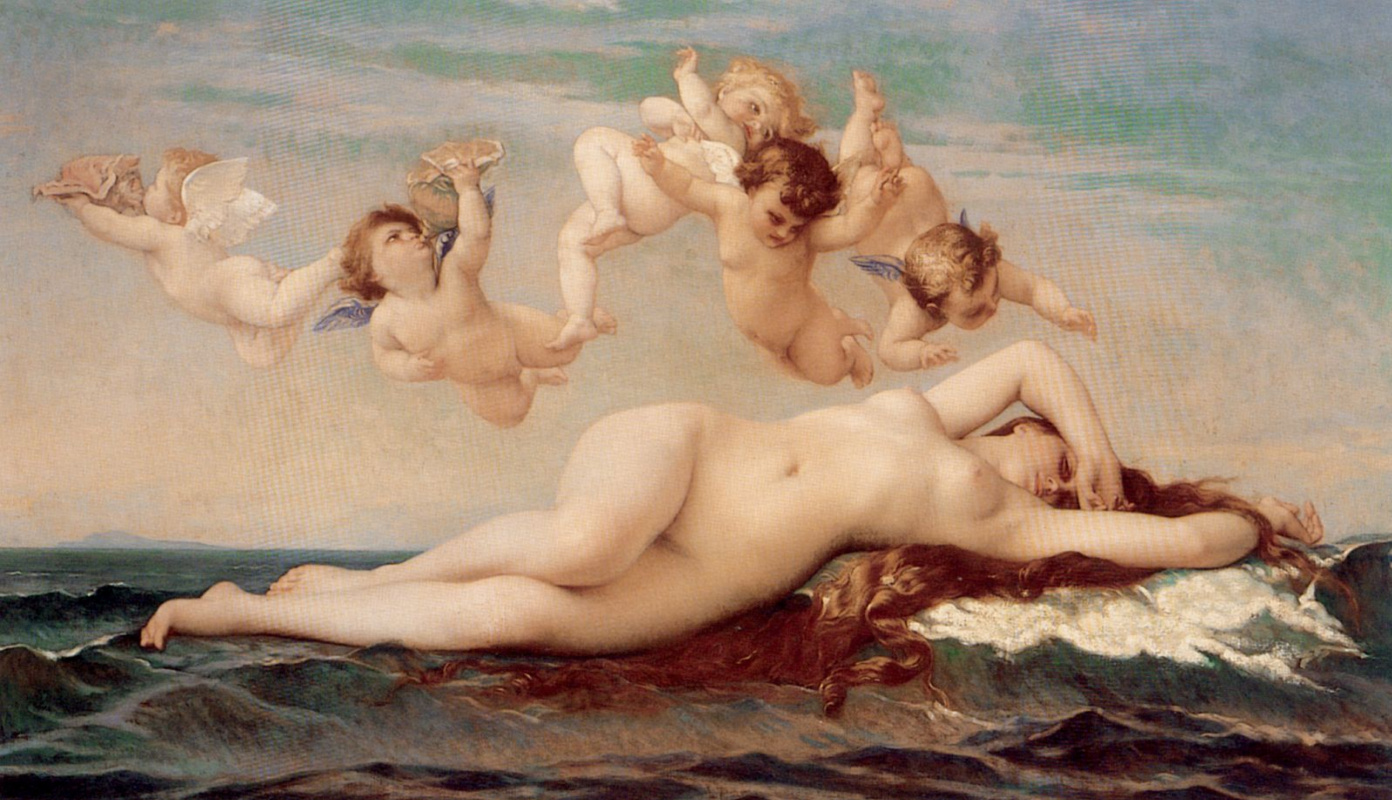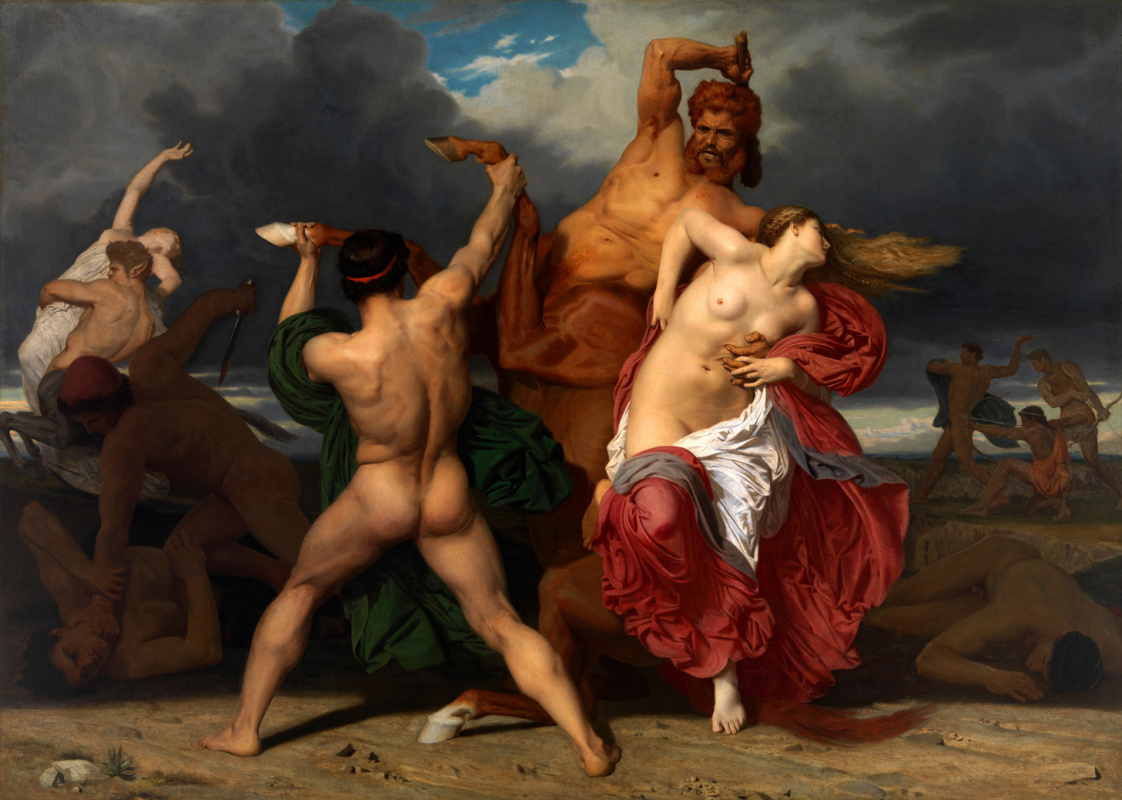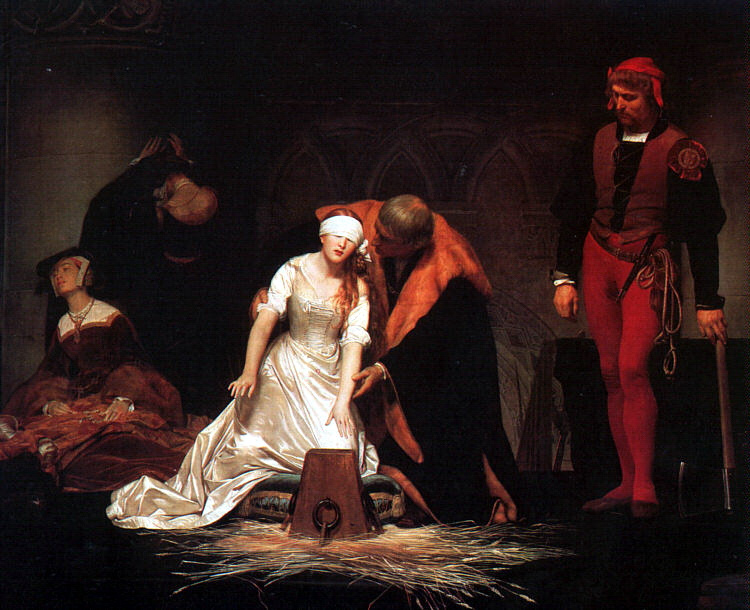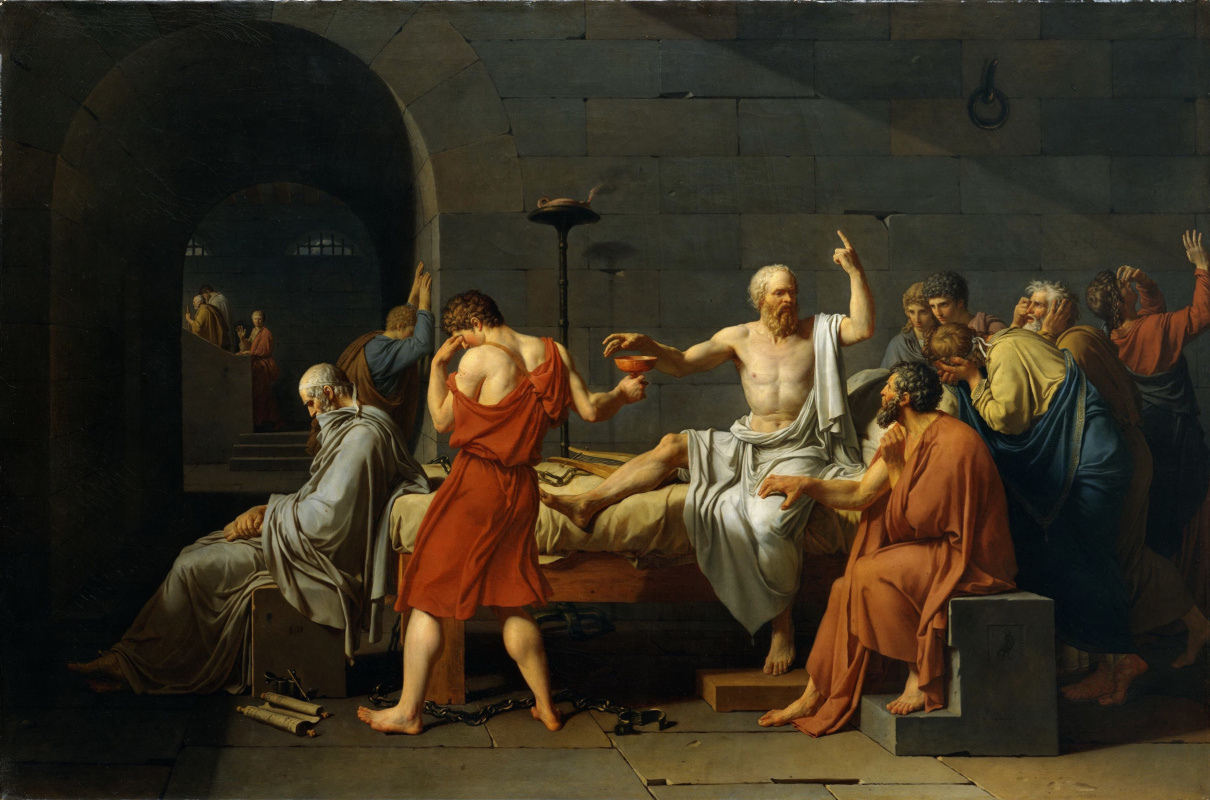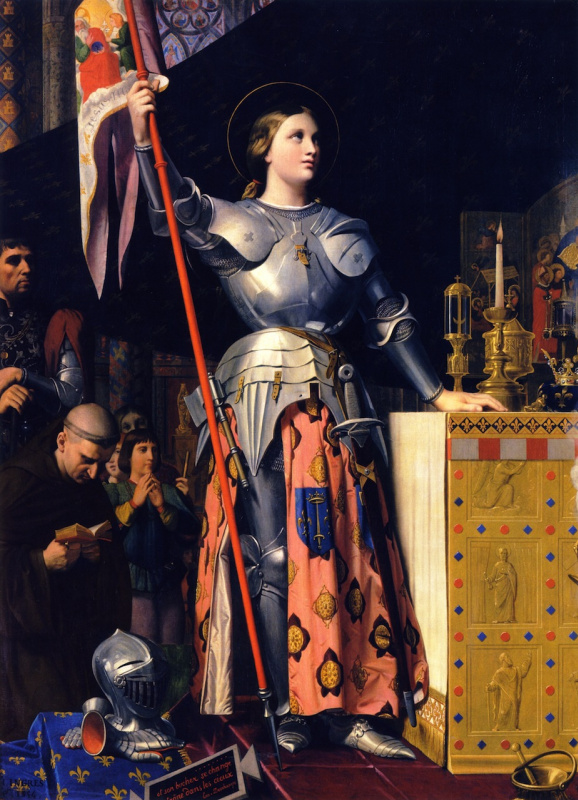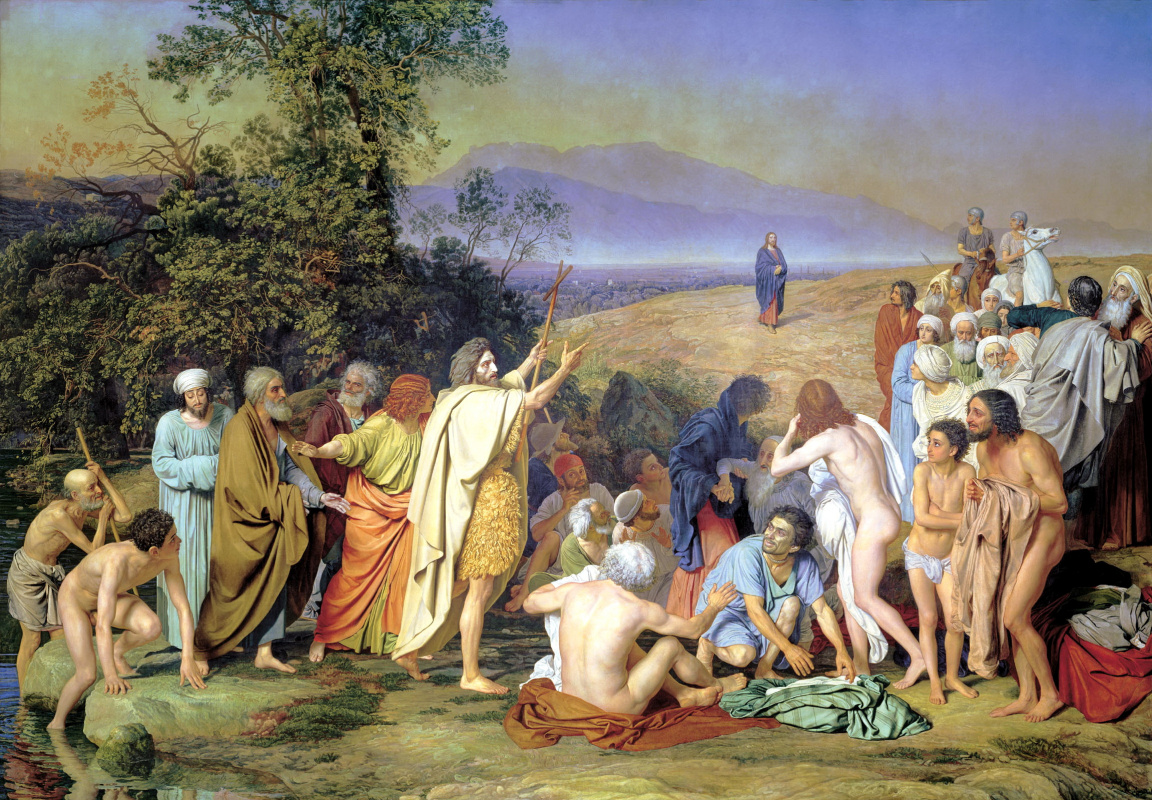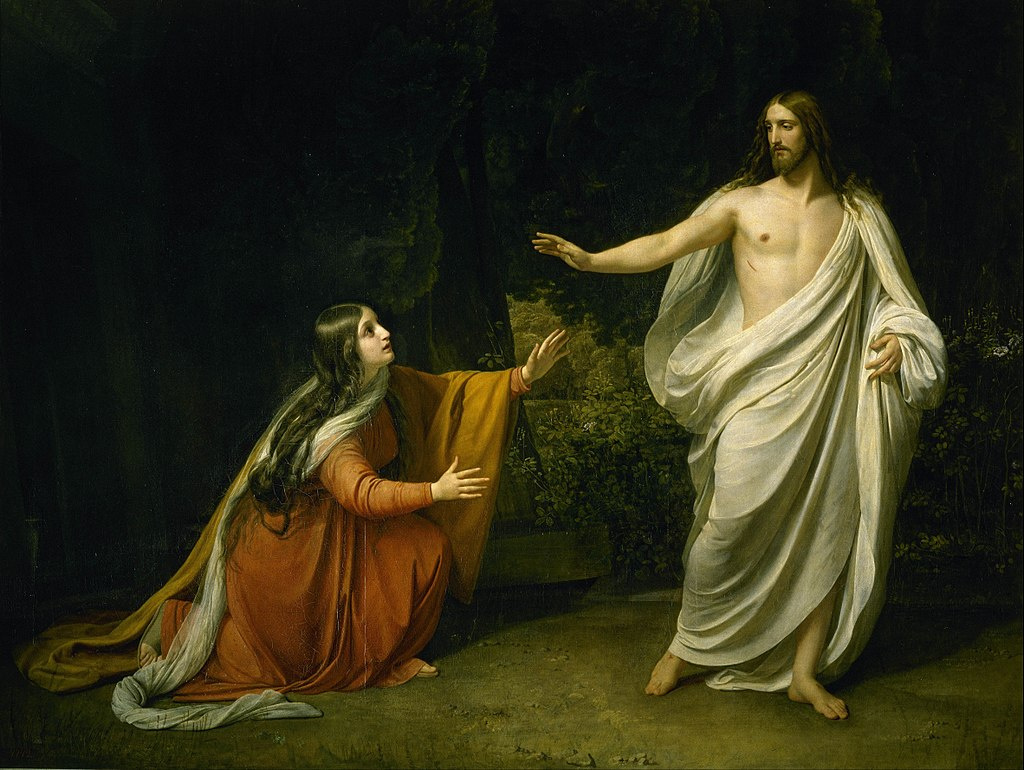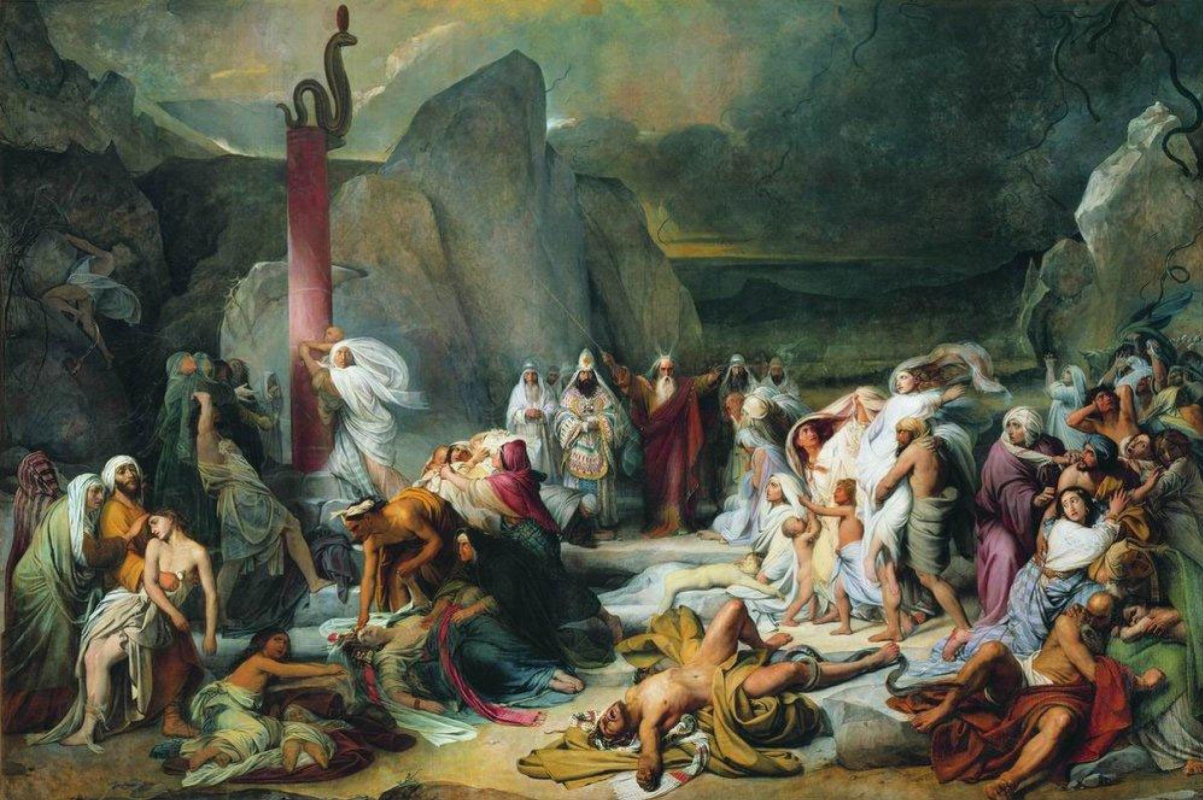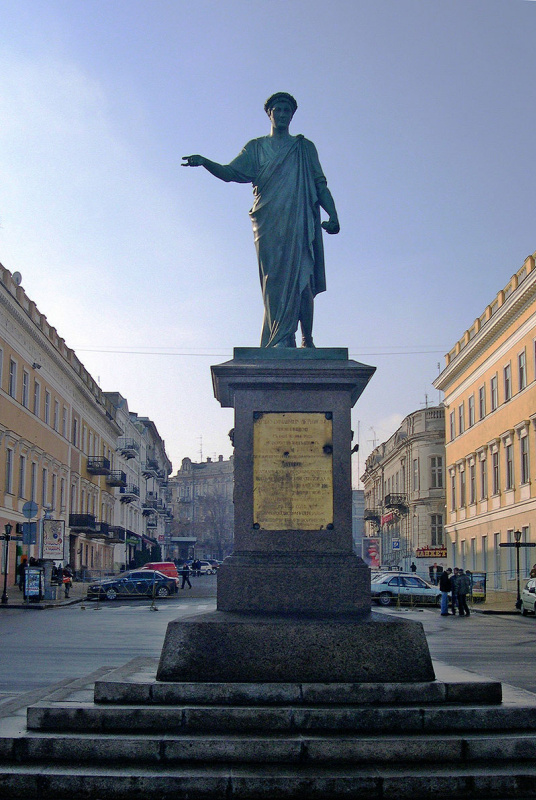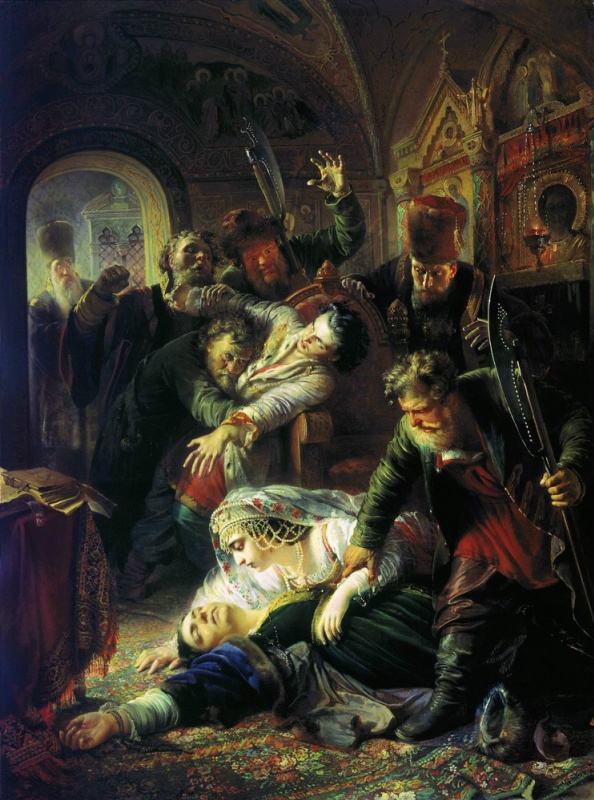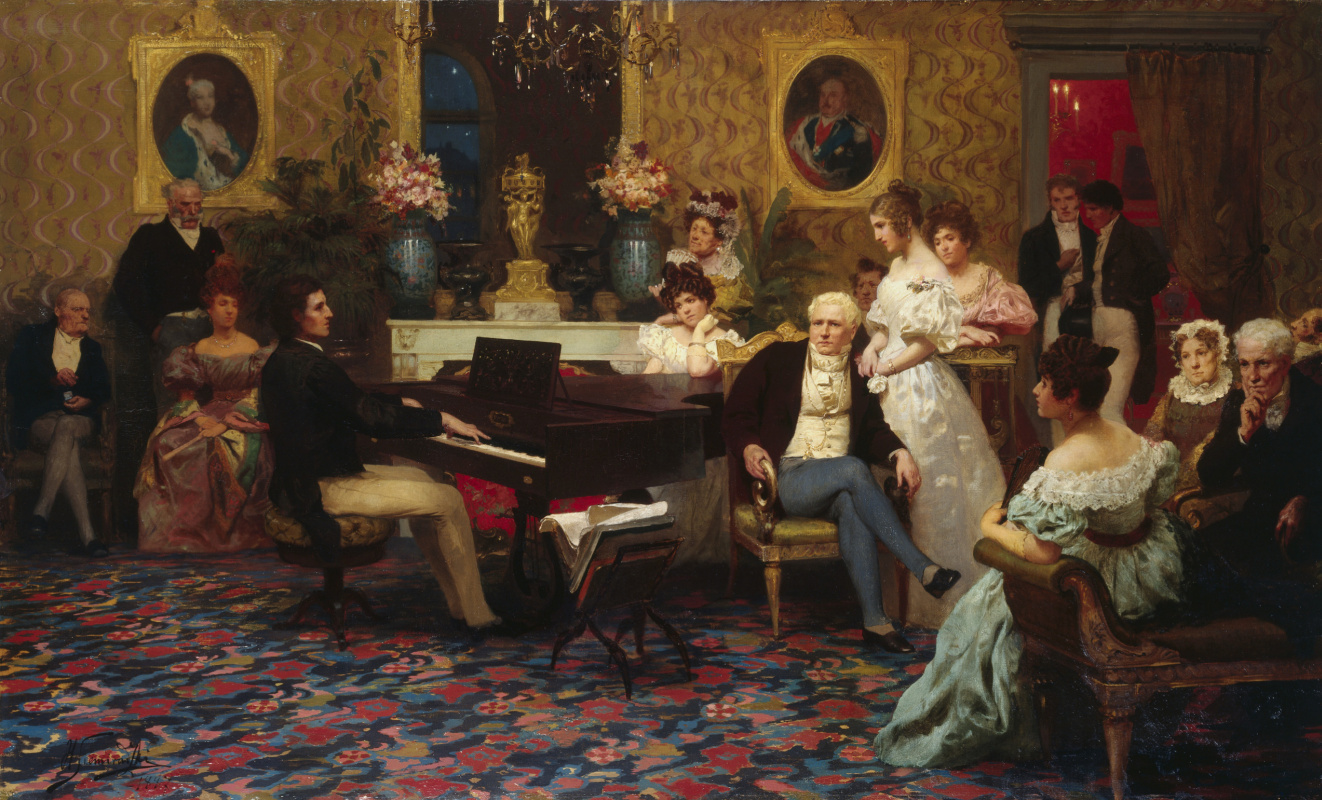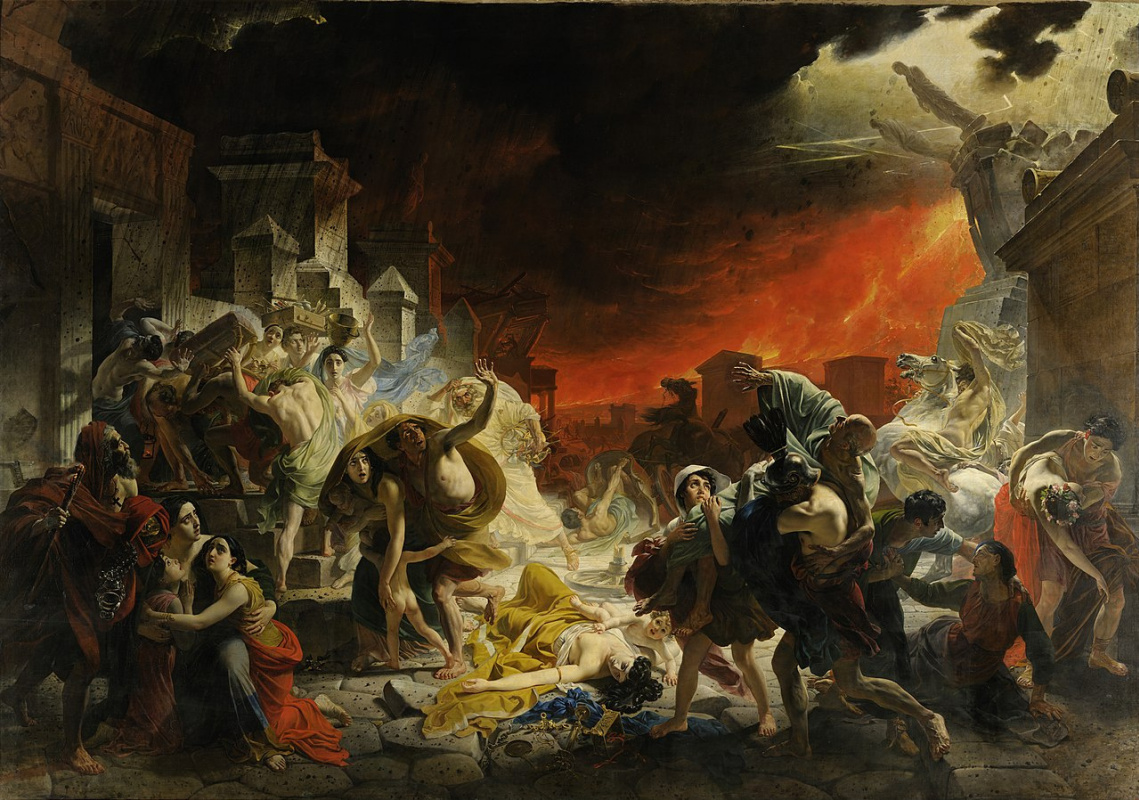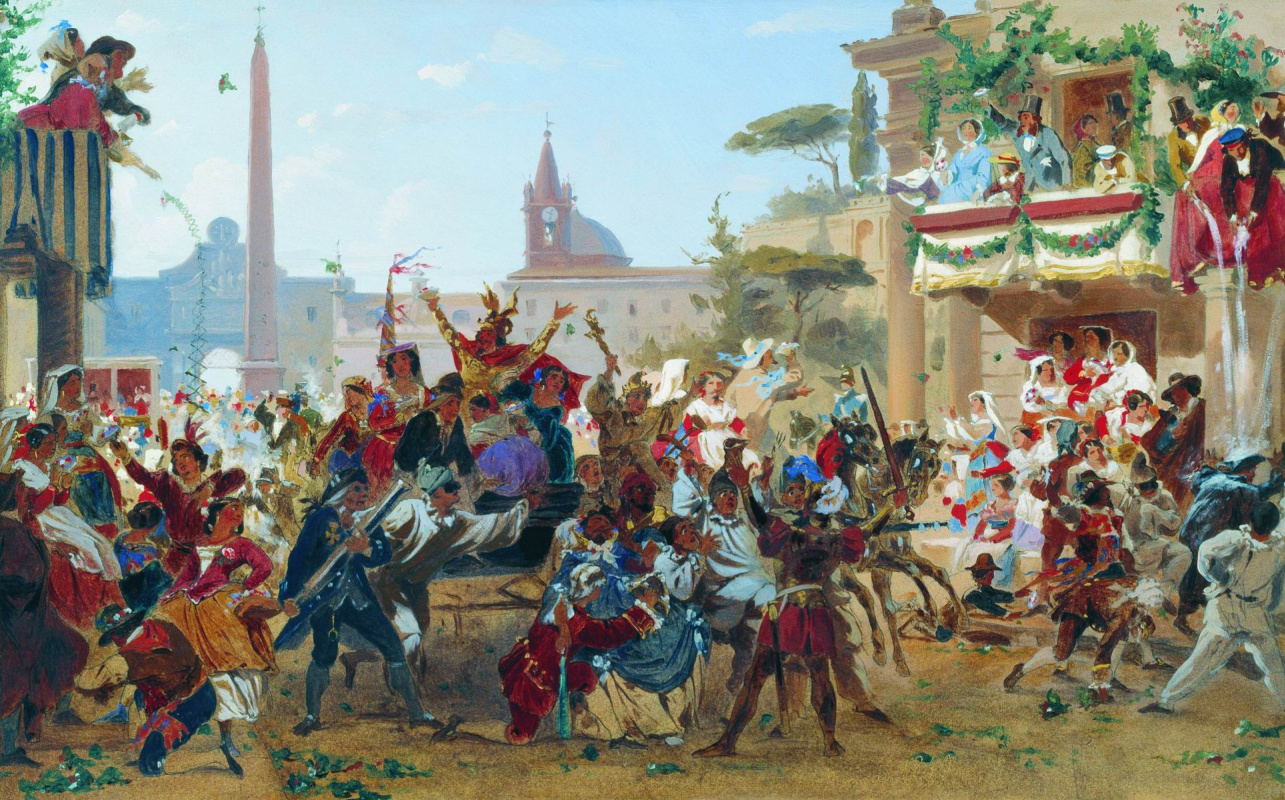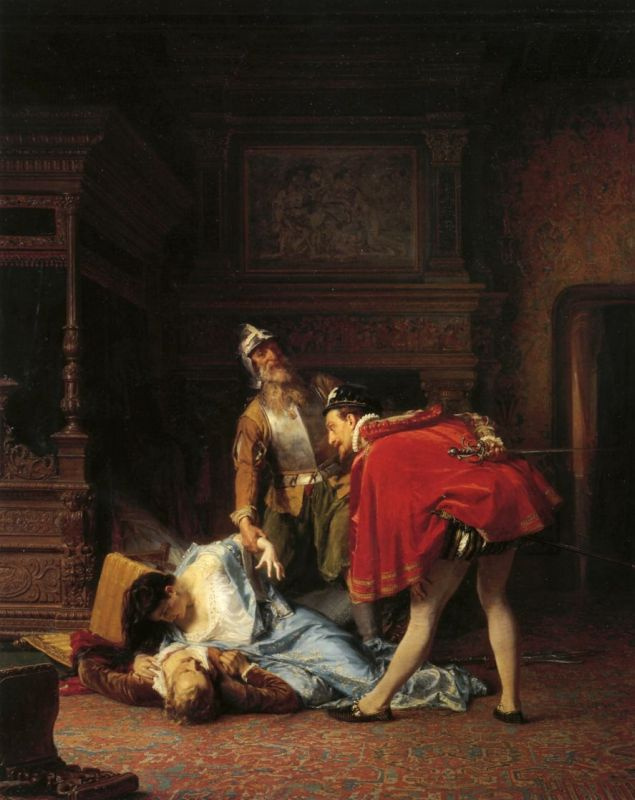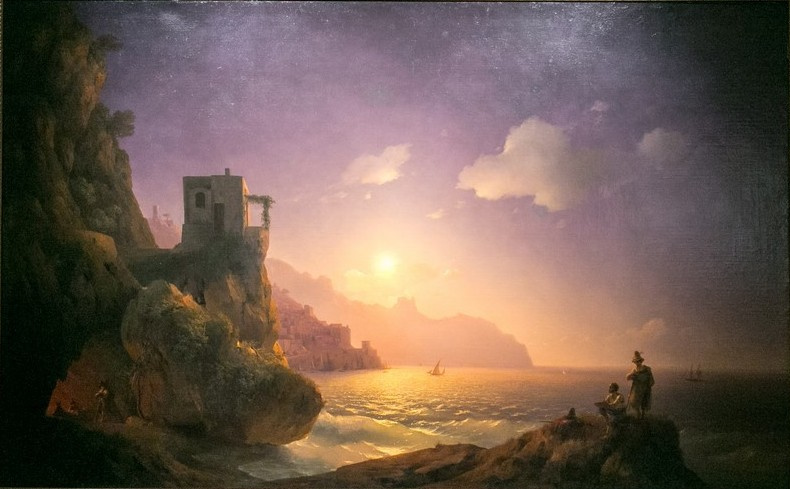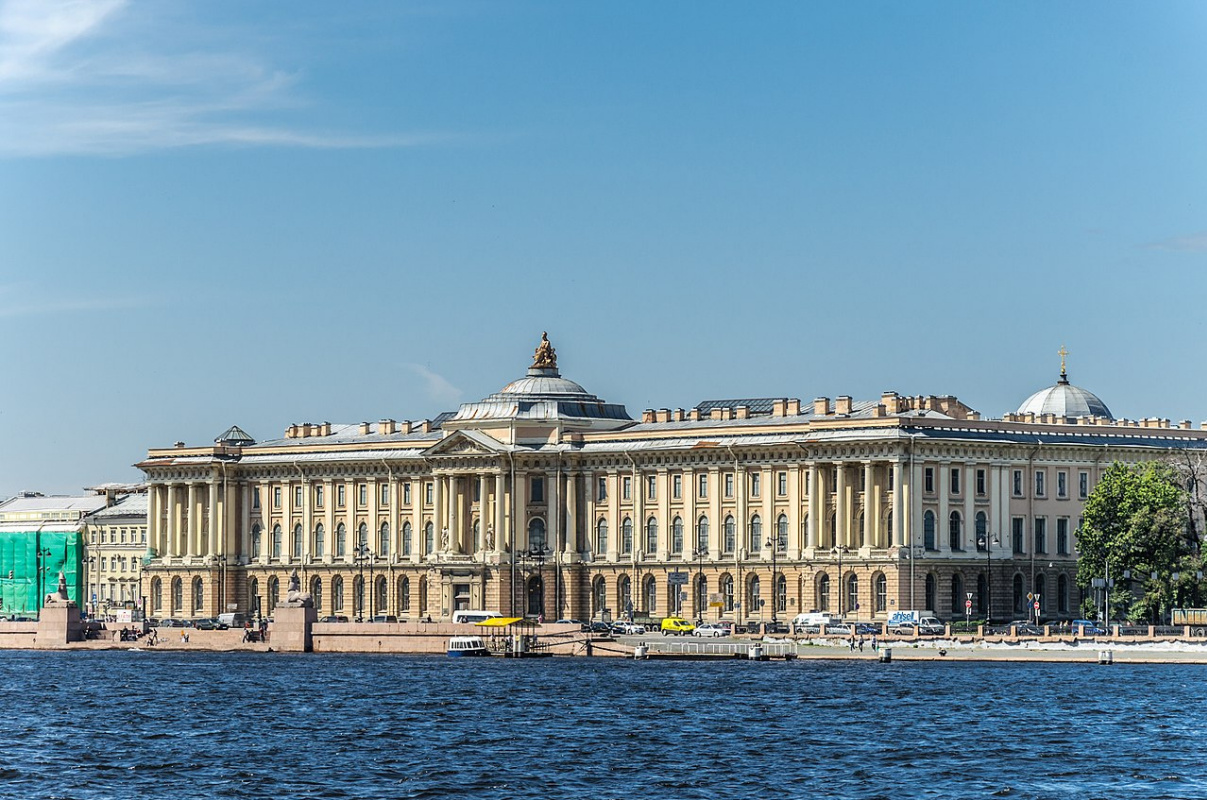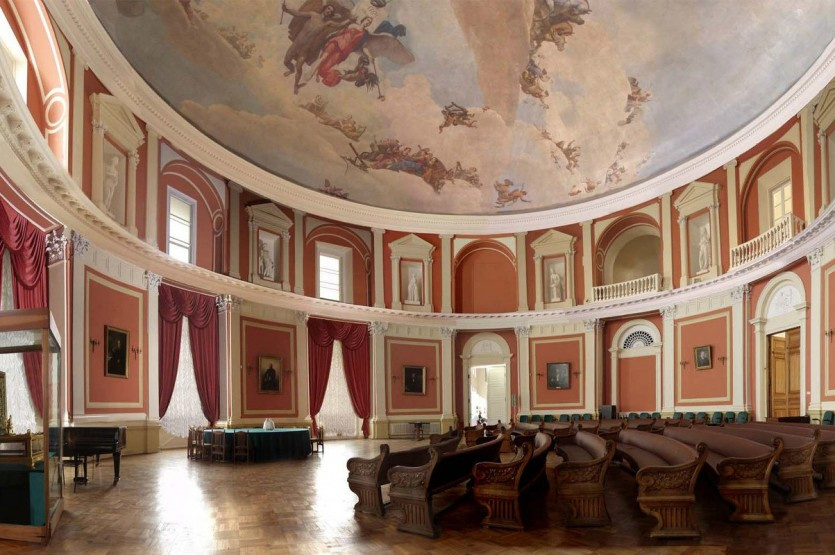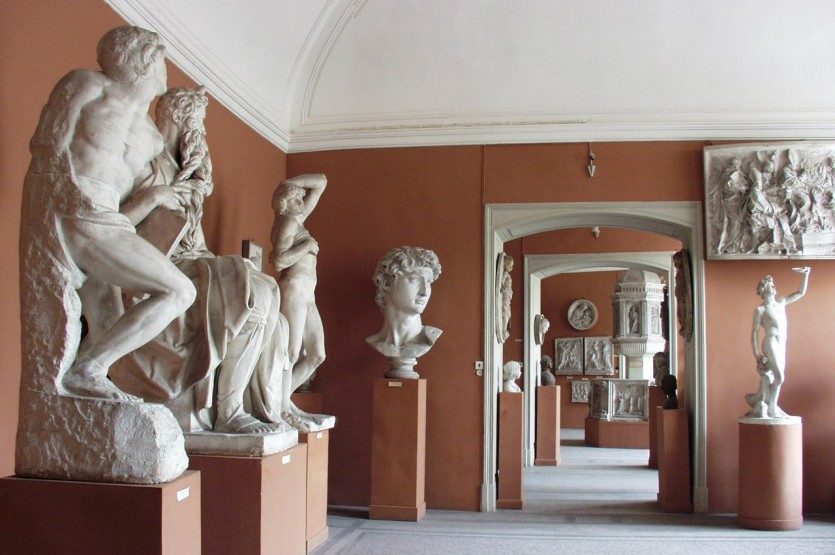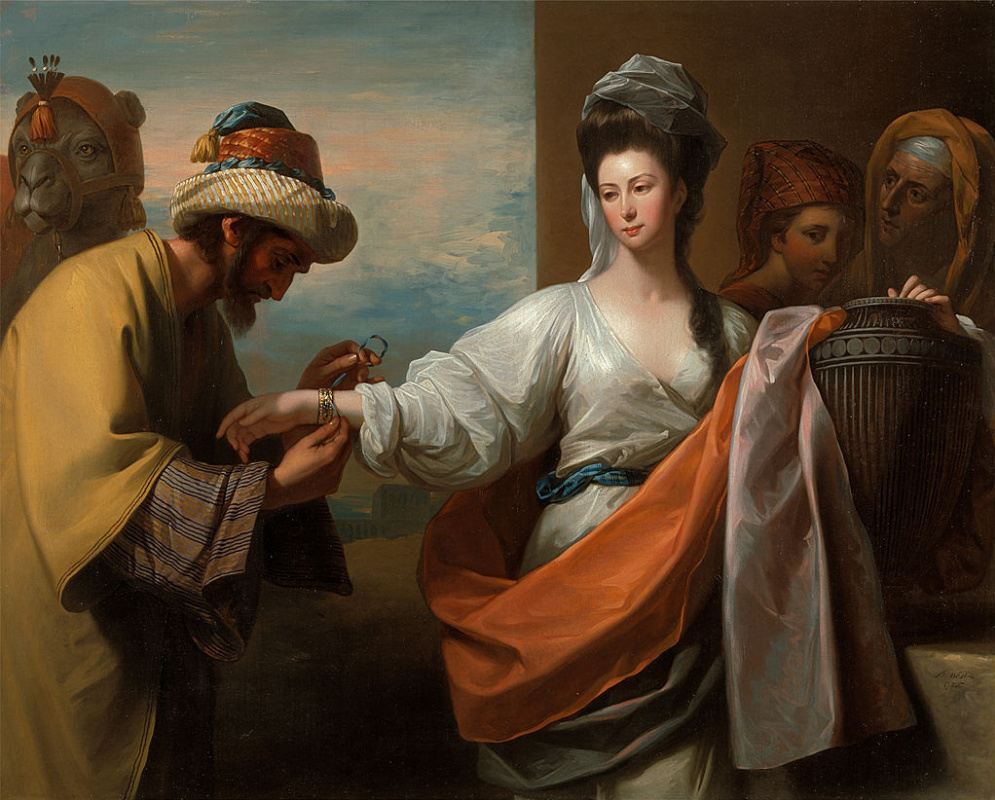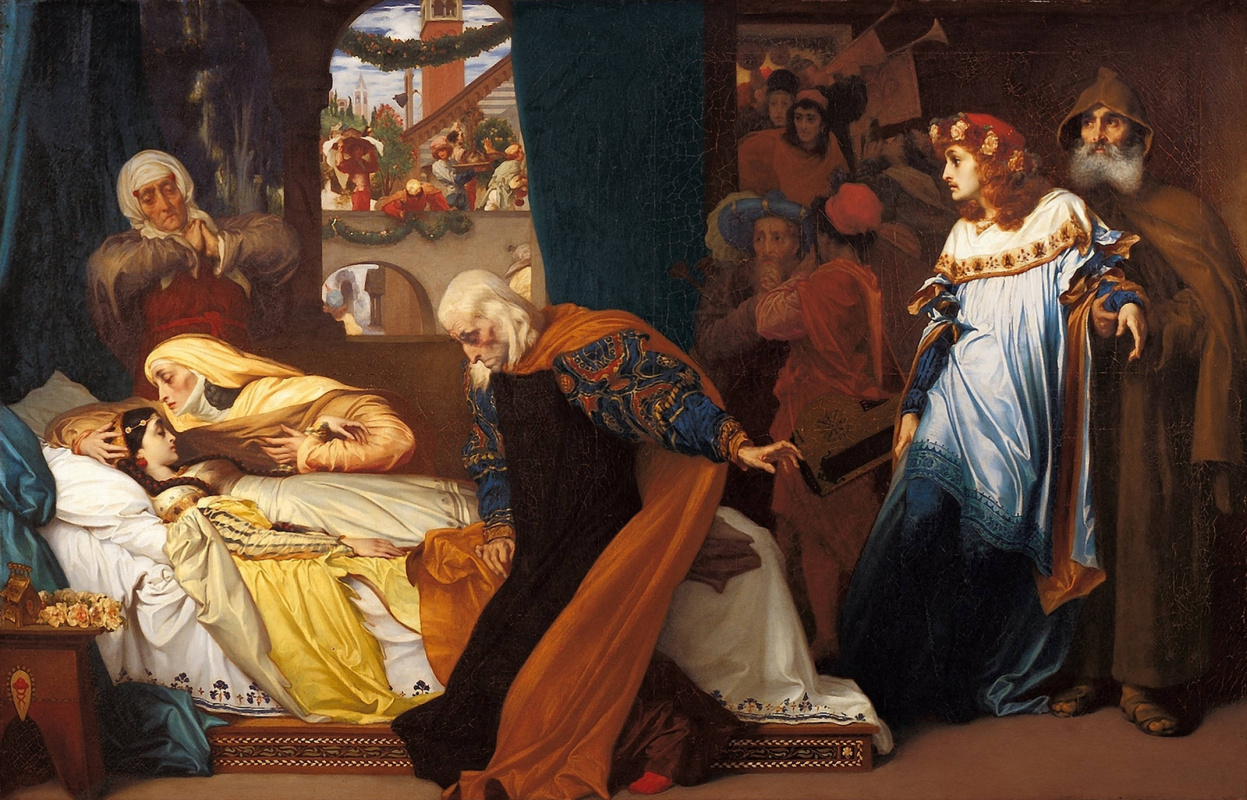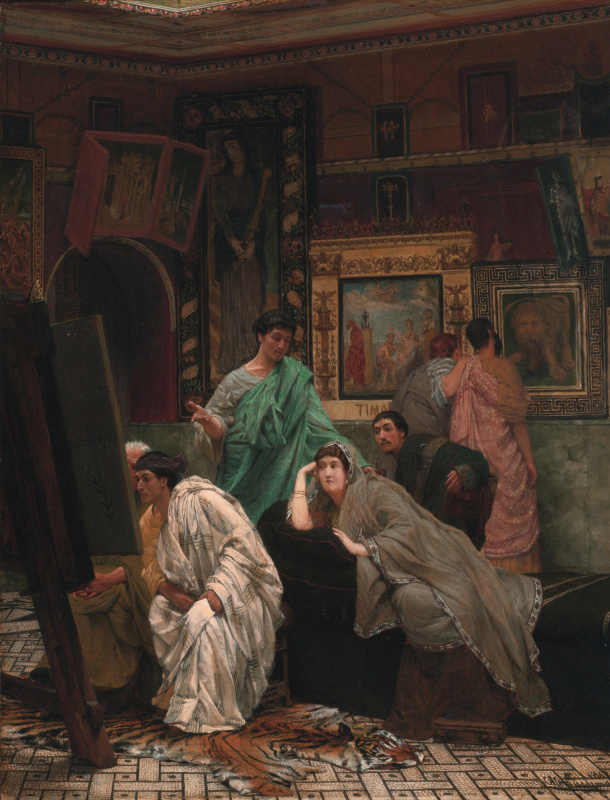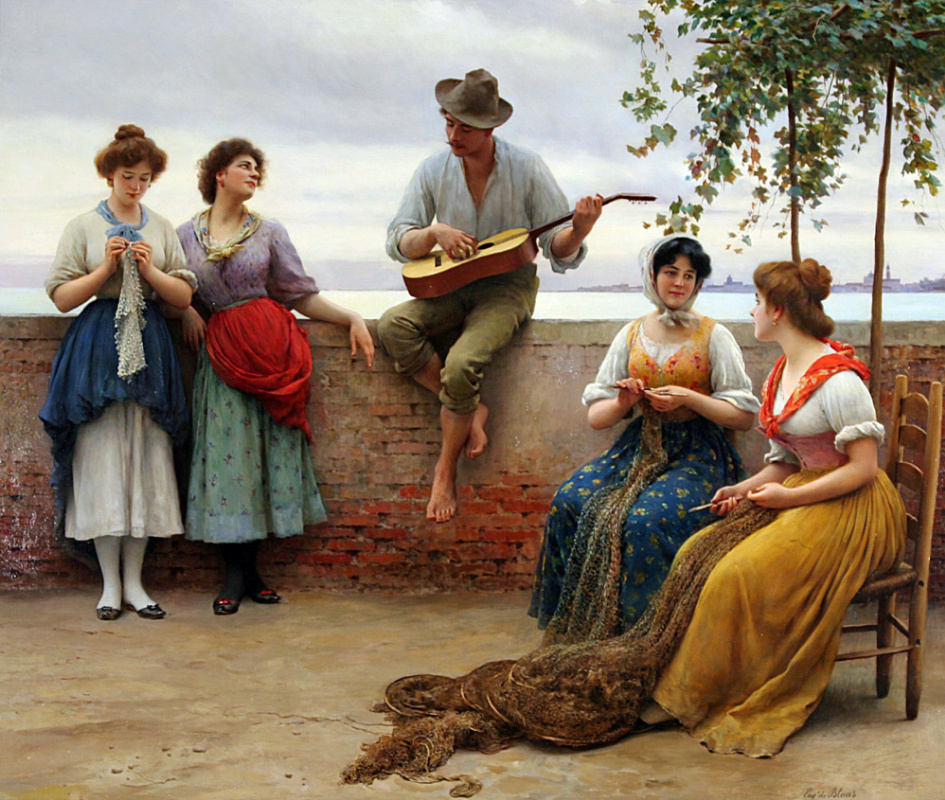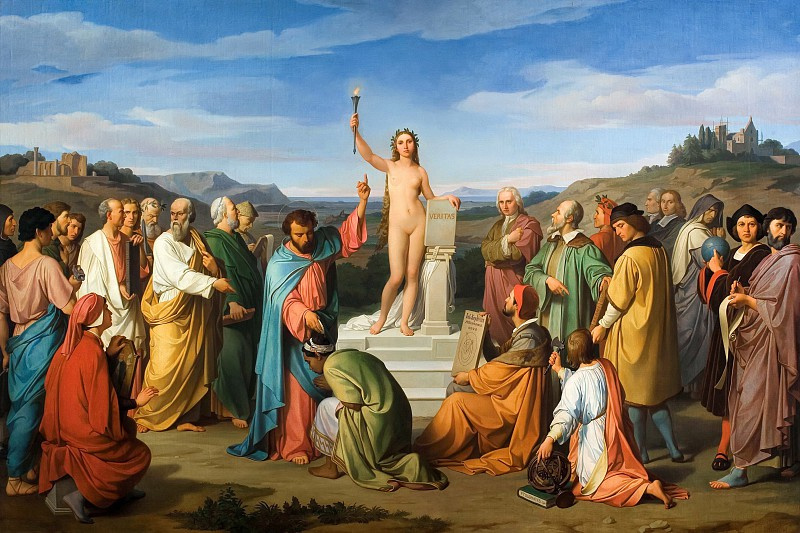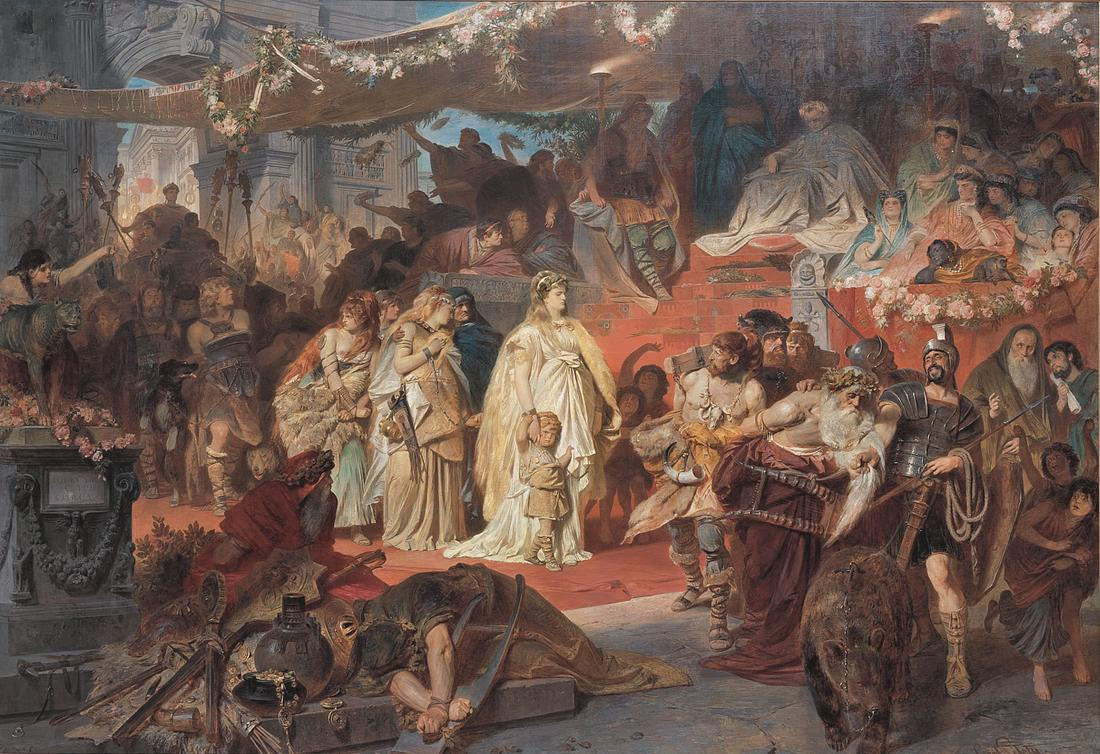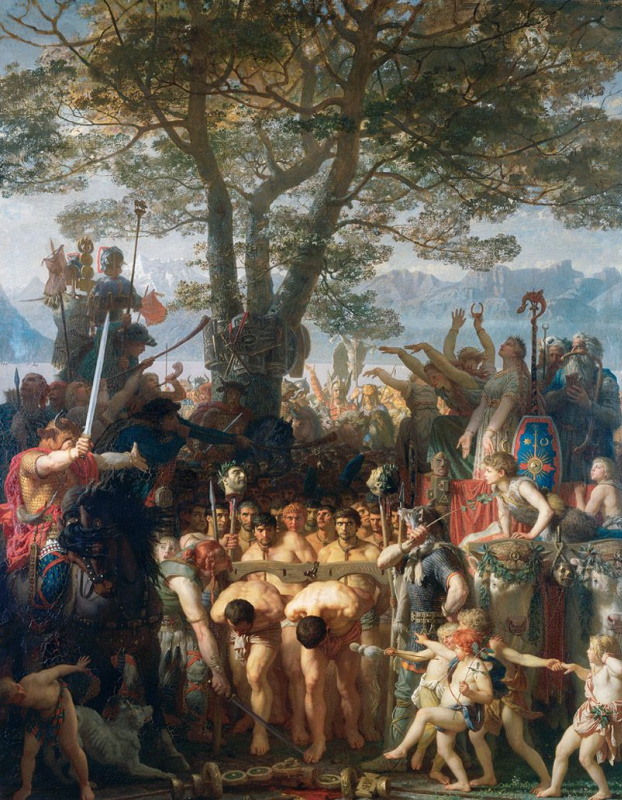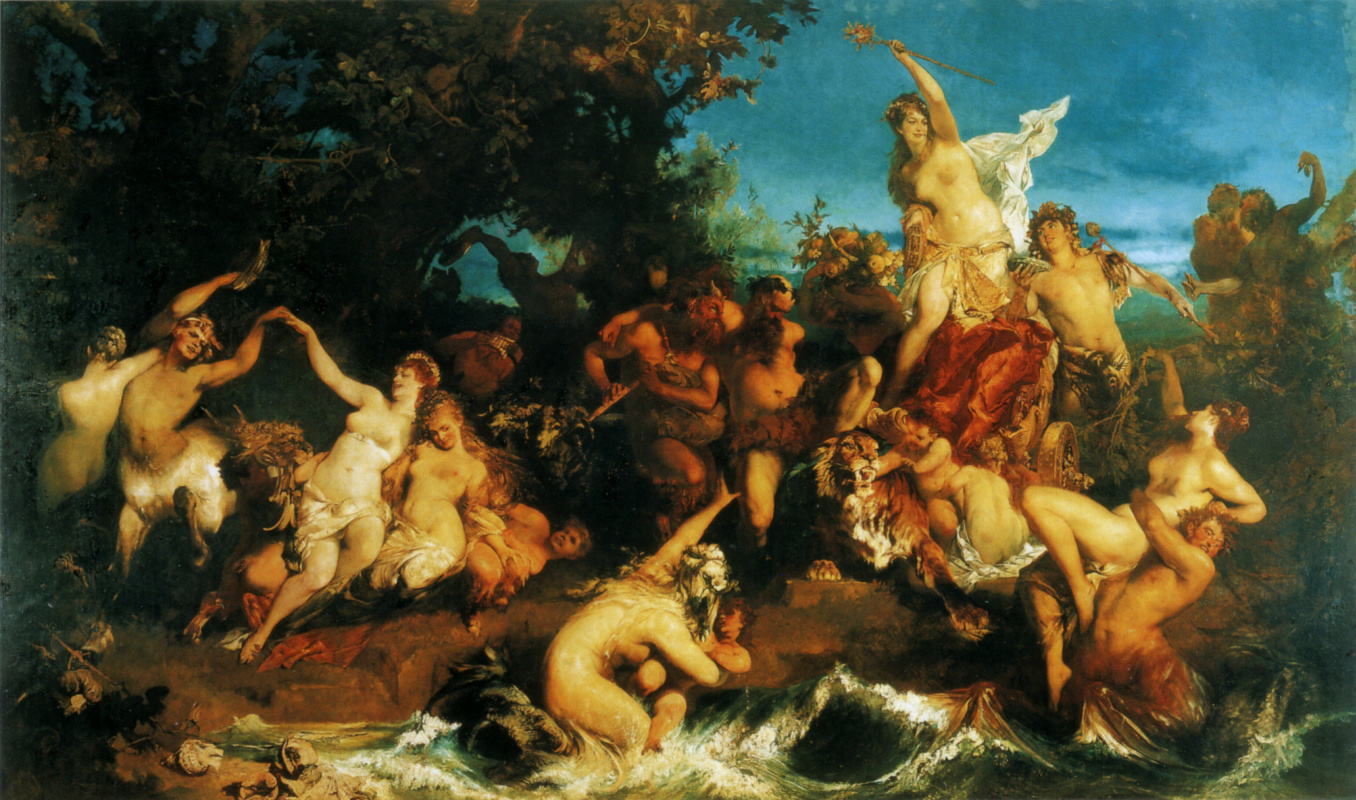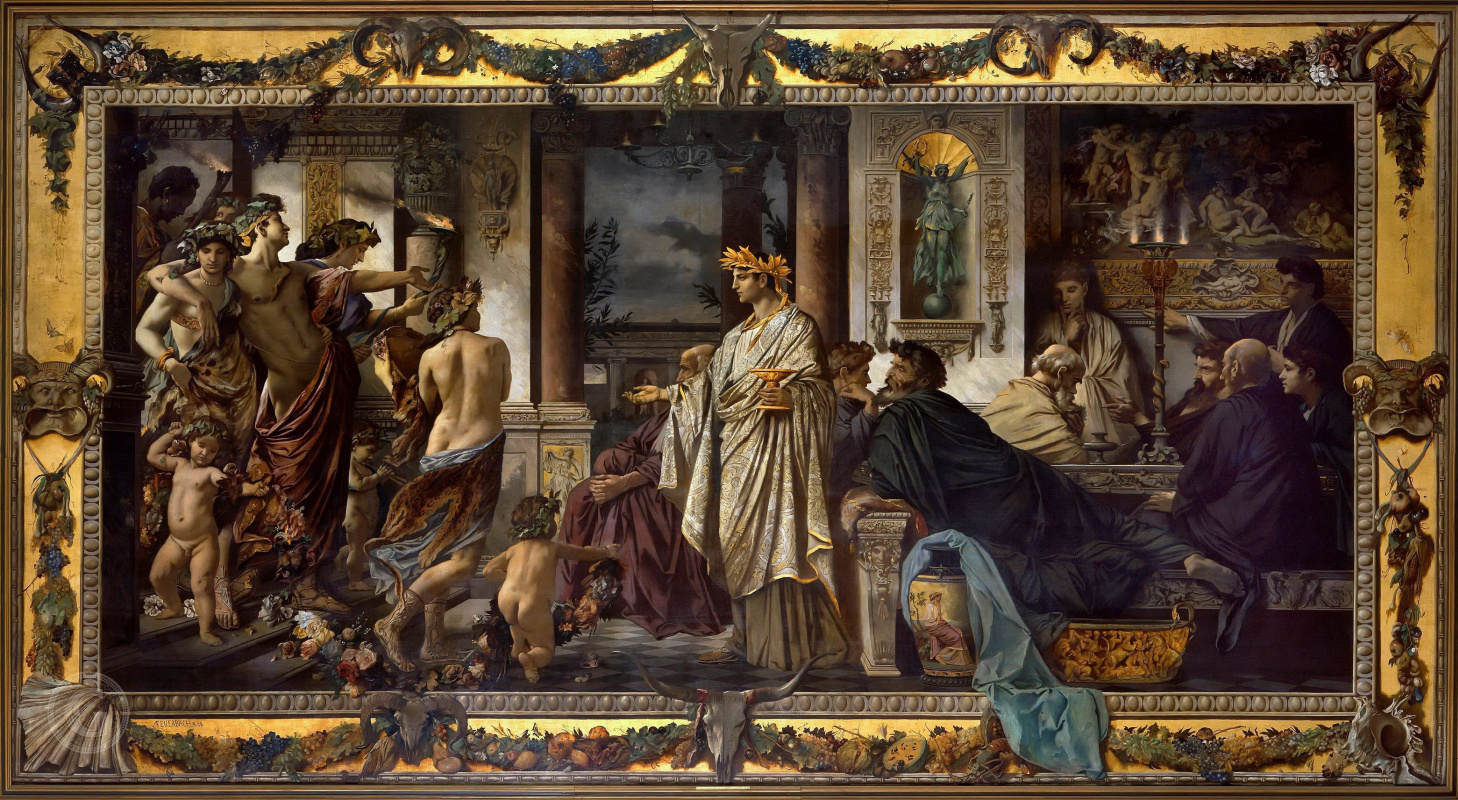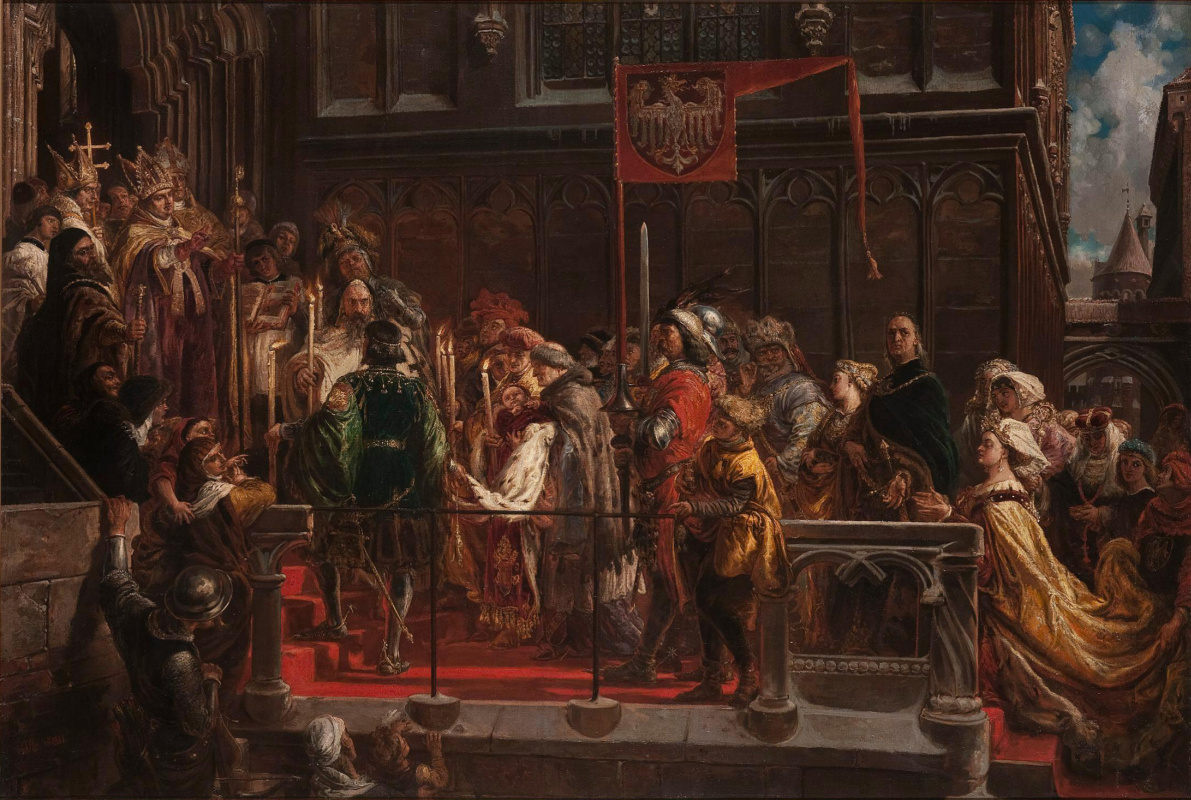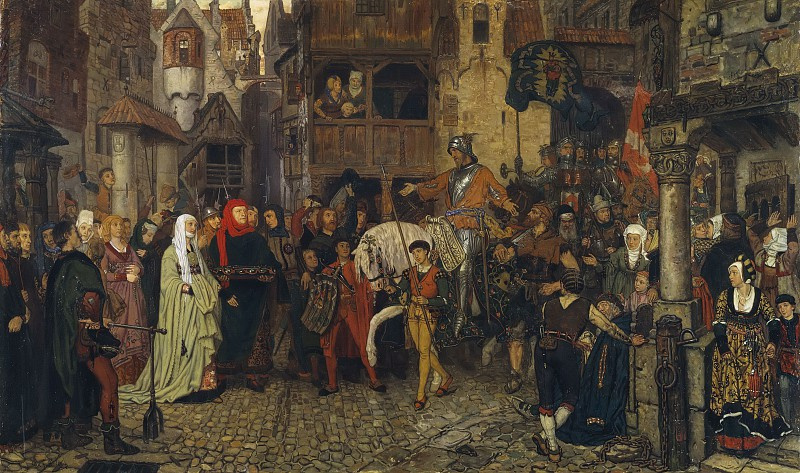Are academists just a kind of art conventionalists, or is it still a special philosophy? How did they cope with the choice of "mind or feelings"? Why was the Paris Salon so important for artists, what were the Impressionists rebelling against, and where, besides France, were the academic talent pools? Let’s study
academism in all its manifestations.
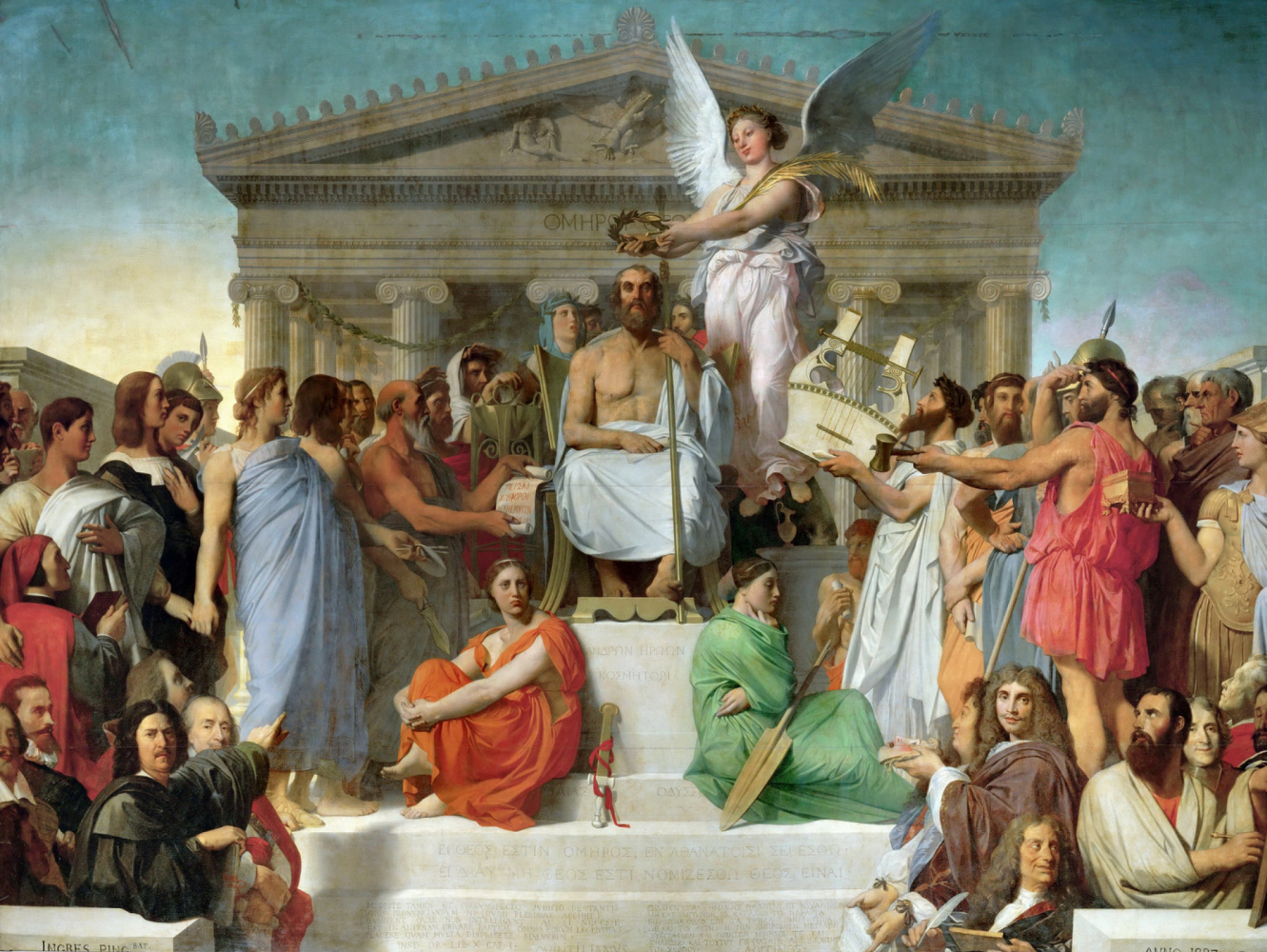
The fundamentals of academism
Academism arose within the walls of art academies — the institutions that were created under the patronage of state rulers and influential clergy who aimed, first of all, to bring up the generations of artists who would adhere to certain fine canons and maintain the existing power with their art. Academism kind of preserved the familiar classical forms and brought them up to the level of an immutable law, to the denial of the artist’s individuality— he was only supposed to imitate his great predecessors. As a result, in pursuit of the external brilliance and idealization of picture (for academic standards regulated all its details, from the method of applying strokes to composition and poses), painters and sculptors forgot about the internal content. The direction and its followers degraded, leaving their works only external beauty, unsupported from within. Therefore, soon, when neoclassicism was replaced by new trends (realism , impressionism), the era of decadence began for academism, and by the beginning of the 20th century the need and social interest in it gradually disappeared. Currently, the term academism is often used to describe the work of artists with a systematic education in visual arts and the classical skills of creating works of a high technical level.In order to understand the intricacies of the academism, we suggest you delve into its history and find out how the art academies appeared and developed, what requirements were imposed on their members and students, and how they regulated the artistic life of entire countries.
The death of Camilla, sister of Horace
1824, 526×350 cm
The first art academies
The art academies began to form in the late 15th — early 16th centuries in various cities of Italy, but the first of them were not intended for education or control; rather, they were assemblages who discussed theories and practices of art. Such a community was the Leonardo da Vinci Academy, established in Milan about 1490. The Academy and Company for the Arts of Drawing (later the Academy of Fine Arts), which was founded in 1563 in Florence by Cosimo I Medici under the influence of Giorgio Vasari, became a more developed institution. As the name implies, this institution consisted of two parts: the Company was a kind of art guild, but the membership in the Academy was awarded only to recognized artists, who later controlled the entire field of fine arts in Tuscany."A man who dreamed rather about fame than profit", this is how Giorgio Vasari once described himself. He really earned his wealth with his paintings and frescoes, now somewhat devalued and almost forgotten. And his glory (worldwide, unfading for almost five centuries) comes from his 5-volume capital work "Biographies of the most famous painters, sculptors and architects".
Later, Vasari’s ideas were inherited by the Academy of St. Luke (this saint was considered the patron of art, and many art guilds in Europe, including the Roman one, bore his name), which opened in 1593 in Rome on the initiative of Pope Gregory XIII and was engaged in the training of artists and the organization of exhibitions. It is interesting that the institution sponsored not only the lectures of its members, but also subsequent prints of these speeches, which were the tool for distribution and public approval of the Academy’s aesthetic theories. The similar methods would then become popular among other institutions that promoted common practices in art. In 1635, the Academy gathered support of the new Pope Urban VIII; at that time, all the leading Italian and many foreign artists became its members. Known as the National Academy of St. Luke, the institution still exists today.

The Academy of Saint Luke in Rome today
Royal Academy of Painting and Sculpture in France
At the beginning of the 17th century, there was not any Academy in France, while the most influential art organization was the Guild of Saint Luke, whose membership provided the artists with certain privileges, as well as attacks of other artisans. In order to help artists to avoid such situations, the head of the guild, Charles Lebrun, turned for help to Queen Anne of Austria, and in 1648, with the support of the first Minister of France Giulio Mazarini and the Chancellor Pierre Segier, a decree was issued to prohibit interference in the activities of a society called the Royal Academy of Painting and Sculpture, under pain of a hefty fine.Since 1661, the Academy was patronized by the chief adviser of Louis XIV, Jean-Baptiste Colbert, who recognized the ability of fine art to impose art standards and glorify the king. Therefore, the organization was granted with exclusive control over both teaching and public display of art. Thus, the main goals of the institution became the training of promising students, as well as the allocation of exhibition spaces to artists accepted as members. In both of these areas, the Academy established a certain monopoly: for example, in the art school, education was based on the canons of classical antiquity, reanimated and transformed during the Renaissance
, and since 1667 the institute held the only major exhibition in France for a long time, later known as the Salon.
It is important to say that the posts of all court artists, sculptors, designers and architects, as well as all inspectors and heads of royal factories were reserved for academics.
It is important to say that the posts of all court artists, sculptors, designers and architects, as well as all inspectors and heads of royal factories were reserved for academics.

Jean-Baptiste Martin. A regular meeting of the Royal Academy of painting and sculpture in the Louvre.
During the French Revolution, the Royal Academy temporarily ceased to exist, afterwards was it renamed into the Academy of Painting and Sculpture, and in 1816 it was combined with the Academy of Music and Architecture to form the Academy of Fine Arts, which still works today.
Academic art in France
In order to regulate French painting, the Academy introduced the hierarchy of genres, which included five genres ranked in accordance with the so-called edifying value. This list was announced in 1669, and it contained the following (listed according to the ranking):— paintings on historical subjects;
— portraits;
— genre painting;
— landscapes;
— still lifes.
This system was the basis for awarding scholarships and prizes, as well as distributing the hanging places in the Salon. In addition, the chosen genre influenced the cost of the work.
Along with such ranking, there were other limitations — the Academy determined how exactly the picture was to be drawn, including the general style (neoclassical was preferred), recommended colour schemes, correct brush strokes and much more. The work was obliged to carry an intellectual load, so the artists drew inspiration from literature, religion and mythology, used allegories of ancient works and gospel events, and referred to historical and legendary characters. The picture also was to contain uplifting morality, telling the viewer about the eternal truths and ideals. Artists idealized their subjects, used realistic colours, carefully worked on chiaroscuro, built an impeccable linear perspective and they did not dare to experiment with the robes of their subjects: they should clearly correspond to the chosen historical era.
The Death Of Moses
1850
Certainly, the above characteristics of academic art did not appear overnight. Rather, they arose over time, as a result of lengthy debates between various artists, which were then imitated by their colleagues. In addition, these "canons" were not as unambiguous as it might seem, and could change; for example, in French academic circles, there was once a debate on whose pictorial style is higher: clear and rational, as the glorified Nicolas Poussin used, or bright and emotional, inherent in Peter Paul Rubens; that is, which is more important — mentality or feelings? This issue has never been finally resolved, because both artists had exceptional and universally recognized talents.
By the way, the education of the artists at the French Academy was also very conservative. For example, before moving on to creating serious oil paintings, students improved their pencil drawing skills for a long time, and then strengthened their ability to depict various shapes.
By the way, the education of the artists at the French Academy was also very conservative. For example, before moving on to creating serious oil paintings, students improved their pencil drawing skills for a long time, and then strengthened their ability to depict various shapes.
Paris salons
For many decades, the Paris Salon remained the world’s most prestigious art exhibition. As we already said, it was held for the first time in 1667, but until 1791 exclusively the works by the Academy members and students were exhibited there. In 1748, for the first time, a jury of academics was created, which determined which paintings and sculptures should be exhibited, and this careful selection raised the status of events.Parisian salons had a huge impact on European art, and at the same time, they were a great way for the Academy to force artists to comply with increasingly rigid and outdated aesthetic rules, which met with more and more resistance. As a result, although Paris salons reached their peak in the middle of the 19th century, the first "schism" occurred in 1863, when the jury refused to accept 3,000 of the 5,000 works offered for the exhibition. A scandal erupted then, and Emperor Napoleon III decided to give the rejected works an opportunity to be exposed. This event was called Salon des Refusés. From that time, other artists began to organize their own large-scale expositions, the previously reputable Parisian salons gradually lost their status, and in 1881 they completely lost their official character and were transferred to the Society of French Artists.
The Paris Salon is still being held, but now it is only one of many famous and prestigious art exhibitions.
The Paris Salon is still being held, but now it is only one of many famous and prestigious art exhibitions.

One of the most sensational works at the Salon des Refusés was Manet’s painting "Breakfast on the Grass" (1863)
The most famous French academists
All the artists who studied at the Academy and were its members are academists, but its twelve founders may be considered the most famous ones, including Charles Lebrun, Philippe de Champagne and Sebastian Bourdon, and do not forget about Alexandre Cabanel, William Bouguereau, Paul Delaroche, Jacques-Louis David and his student Jean-Auguste Dominique Ingres.Art academies in other countries
In the 17th century, following the example of Paris, other academies were established to control art in various countries, and by 1790 in Europe and America, there were already about eighty of them. The Nuremberg Academy of Fine Arts was founded in 1662, the Royal Academy of Fine Arts in Great Britain — in 1768, and the Vienna Academy of United Fine Arts — in 1772. In Russia, a decree establishing the Academy of Three Noble Arts (the Imperial Academy of Arts afterwards) was signed in 1757 by Empress Elizabeth, and the statesman Ivan Shuvalov initiated its creation and sponsored its activities for a long time. Since 1760, the best graduates were sent for internship abroad, and in 1765, the first academicians from among the graduates were elected. It is worth noting that many of the innovations of the Paris Academy found their response in the Russian one as well — the hierarchy of genres invented by the French determined the priorities of teaching in Russia as well.
The appearance of Christ to the people
1857, 540×750 cm
In general, in the 18th — early 19th centuries, the St. Petersburg Academy of Arts played a major role in the education of painters. It became the centre of the Russian artistic life spreading the ideas of classicism. However, it suffered the same fate as the French institution — by the middle of the 19th century, the conservatism of the institution led it to instill abstracted art, which opposed the development of realism. Already in the first half of the 19th century, such Russian artists as Alexander Ivanov, Karl Bryullov and Pavel Fedotov departed from the official line of the Academy of Arts in their work, and in 1863, the development of the democratic movement led to the creation of the first independent creative organization in the history of Russian fine art — Artels of artists led by Ivan Kramskoi.
In 1918, the Academy was abolished by the Soviet government and several times it transformed into other art schools. Today in the same building is the I. Repin St. Petersburg State Academic Institute of Painting, Sculpture and Architecture.
The Ukrainian Academy of Art, which was founded in 1917 in Kyiv by the Constituent Commission and was headed by Hryhorii Pavlutsky, is a story of its own. Today it is called the National Academy of Fine Arts and Architecture. It is a higher art educational institution. Among the famous Ukrainian academist artists, creators and activists of this institution, there are no "academists" (in the very canonical and strict sense). The fact is that some of them inherited current European trends, developing their own style, while others laid the foundations of original trends in Ukrainian art.

The National Academy of Fine Arts and Architecture of Ukraine today
Famous academist artists
In Europe and the USA: Benjamin West, Frederick Leighton, Lawrence Alma-Tadema, Eugene de Blaas, Luigi Mussini, Karl Theodor von Piloty, Marc Gabriel Charles Glair, Hans Makart, Anselm Feuerbach, Jan Matejko, Johan Georg Otto von Rosen.In Russia: Alexander Ivanov, Fyodor Bruni, Ivan Martos, Konstantin Makovsky, Henryk Siemiradzki, Karl Bryullov, Fyodor Bronnikov, Vasily Smirnov, Kārlis Hūns, Ivan Aivazovsky.
Photo sources: Wikipedia.org, Artibune, okoGuide, Exurspb.ru, Academie des Beaux-Arts, L’Agence Photo, Zagranitsa.com, Need4Study.






